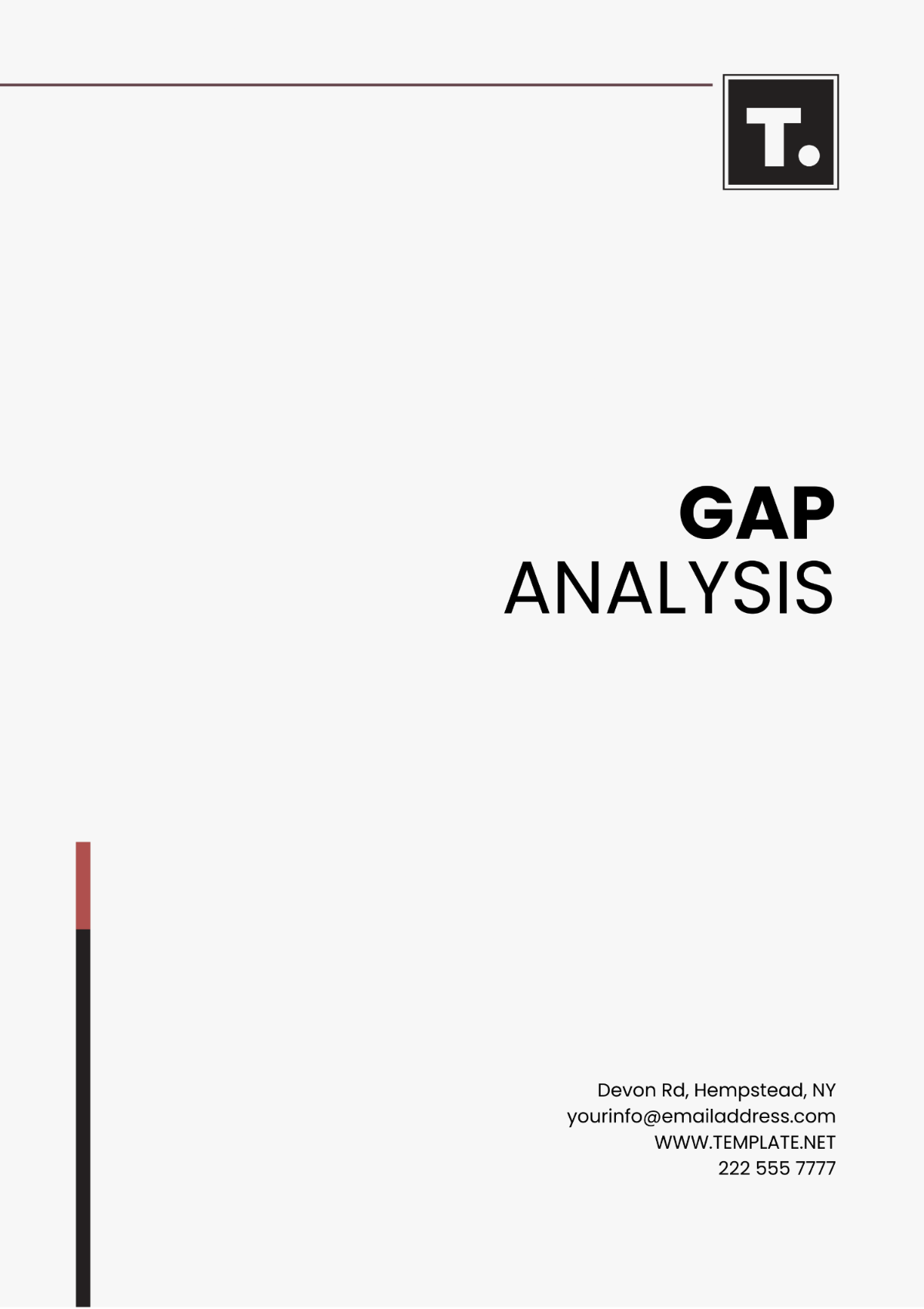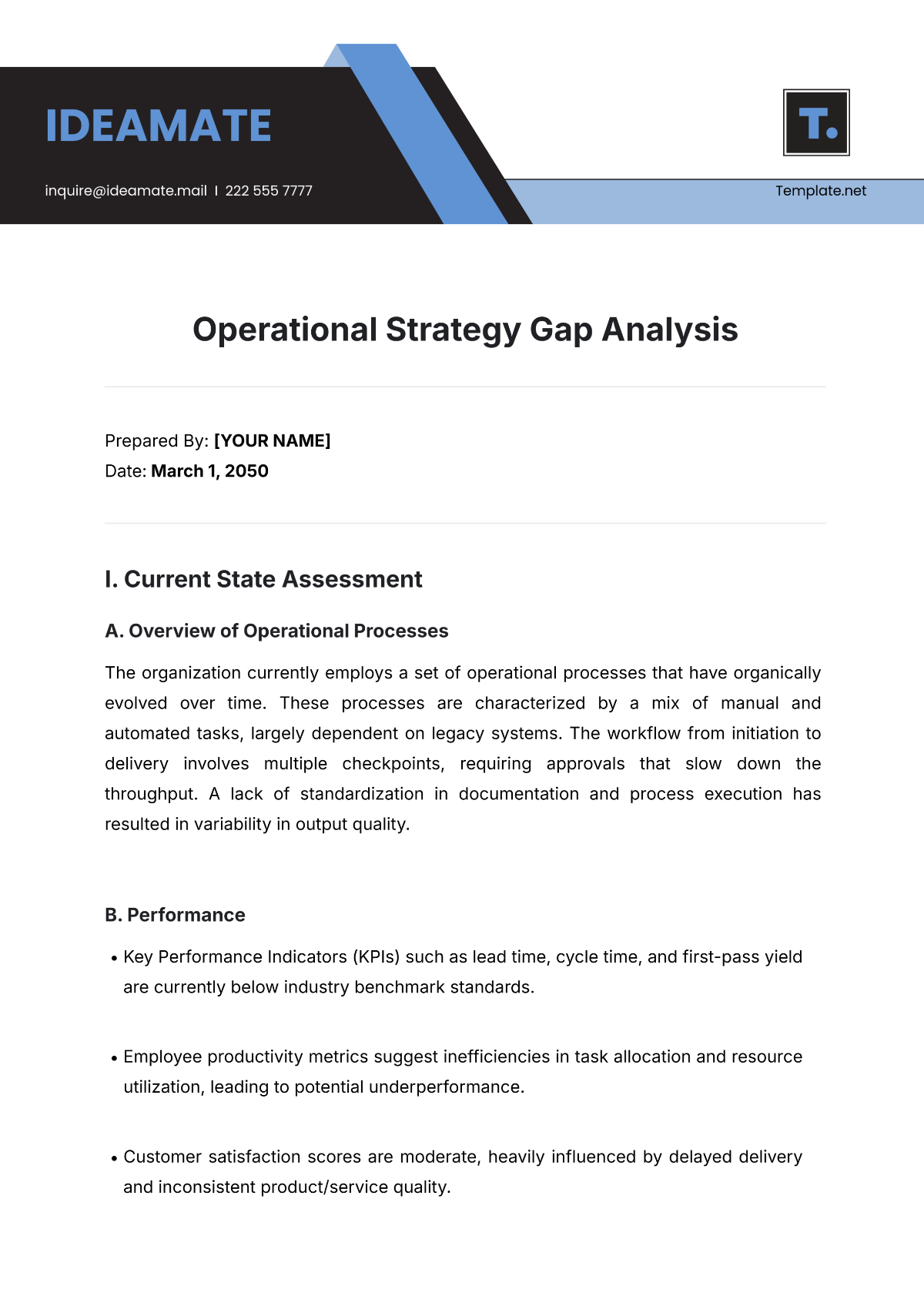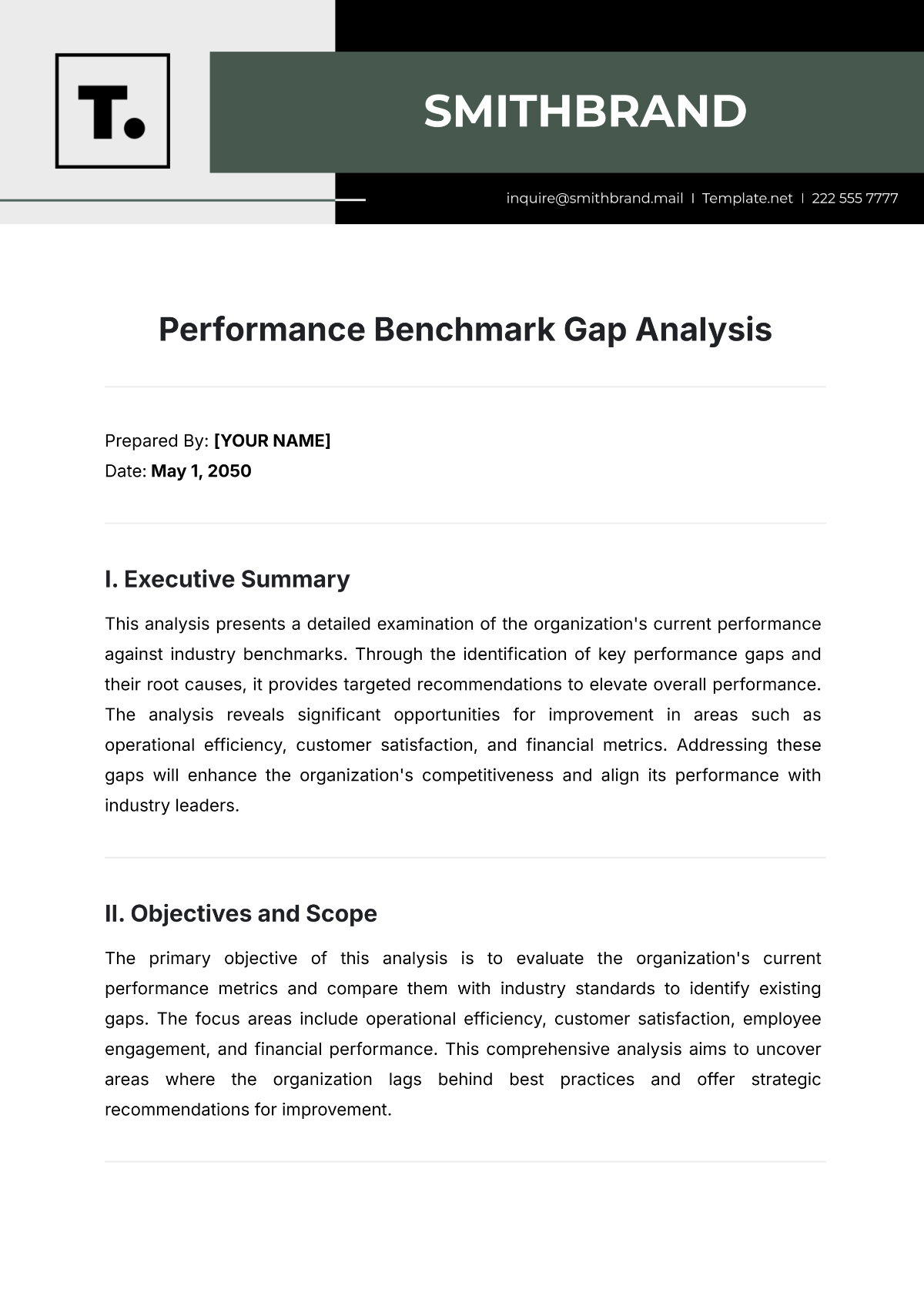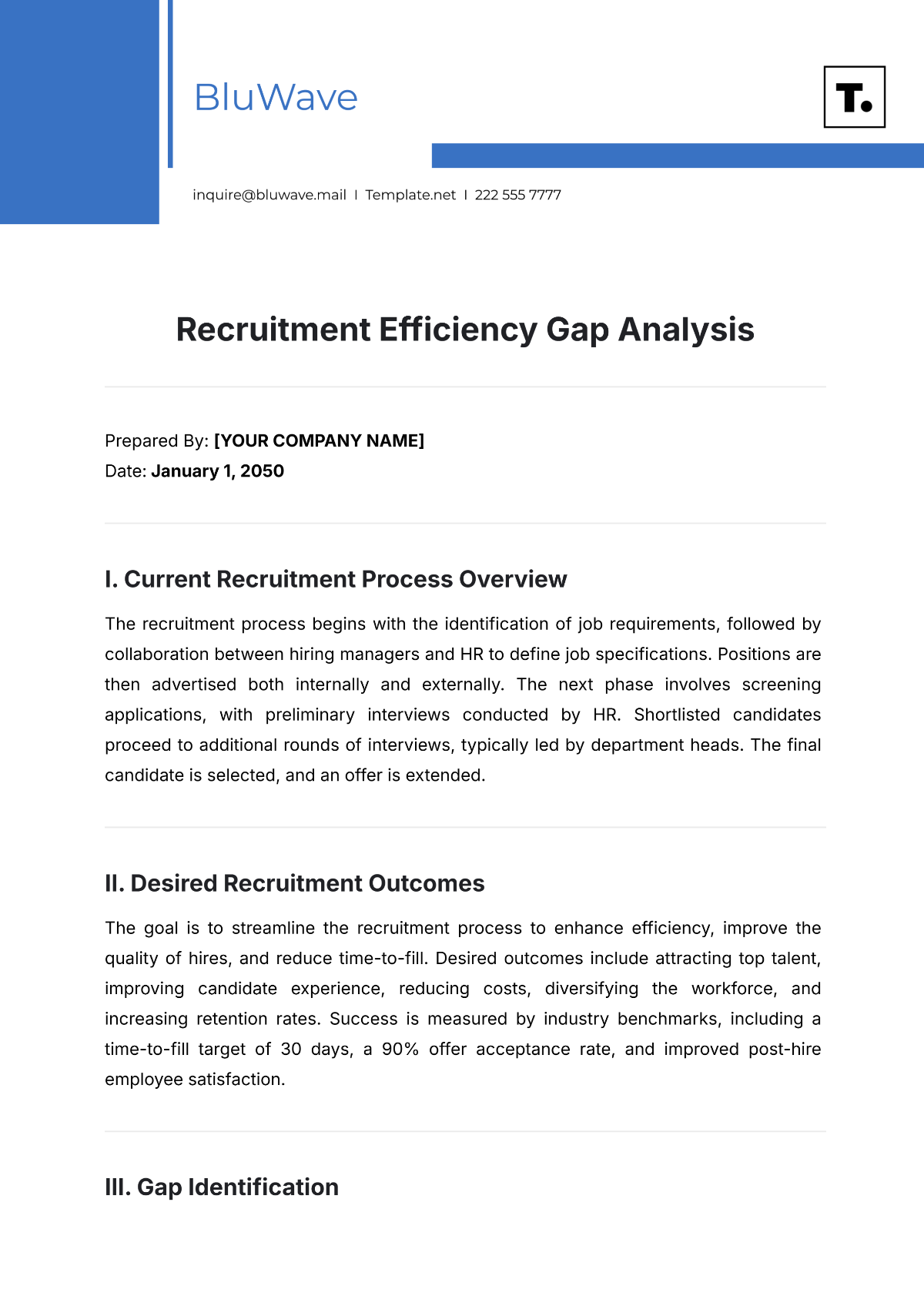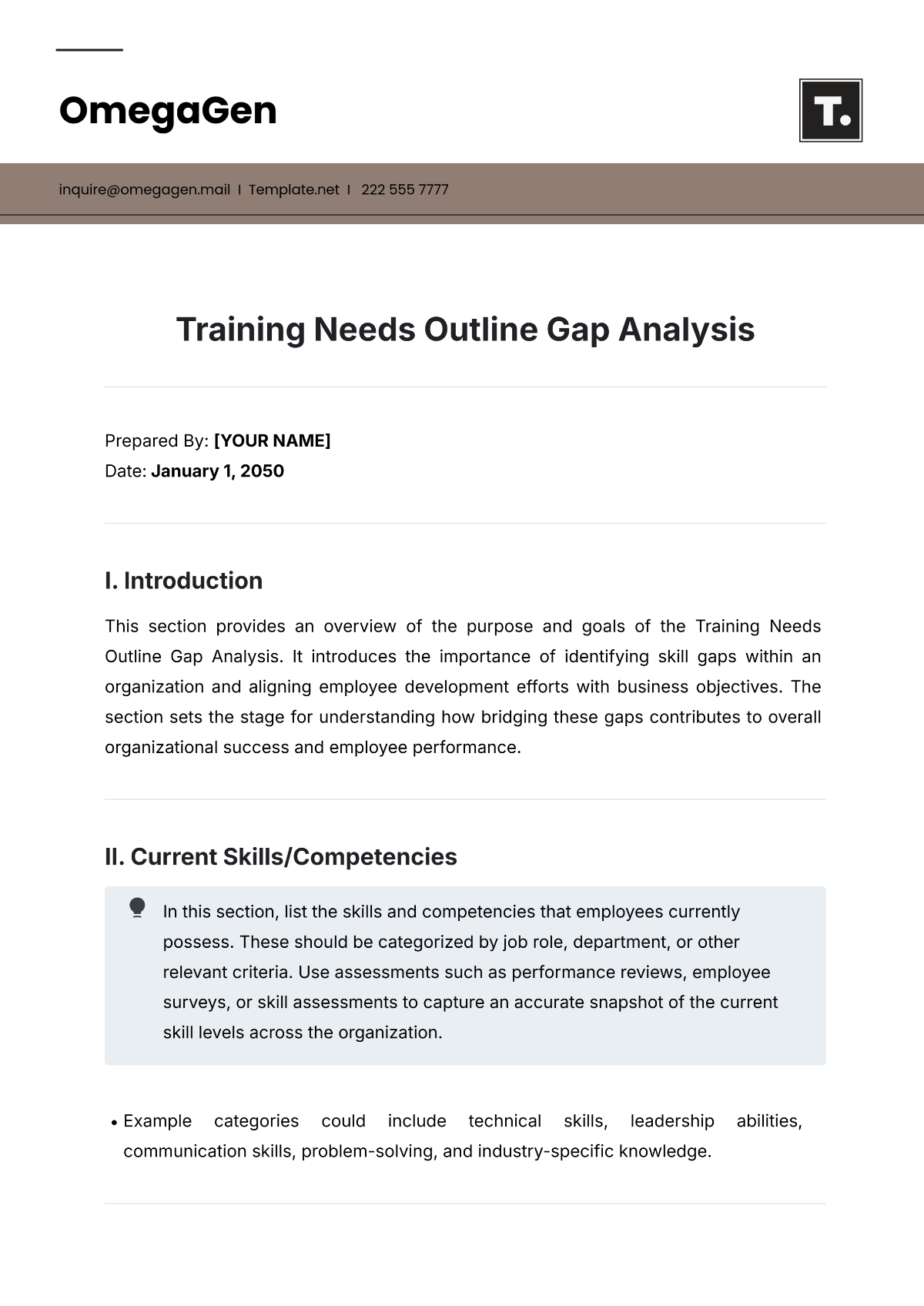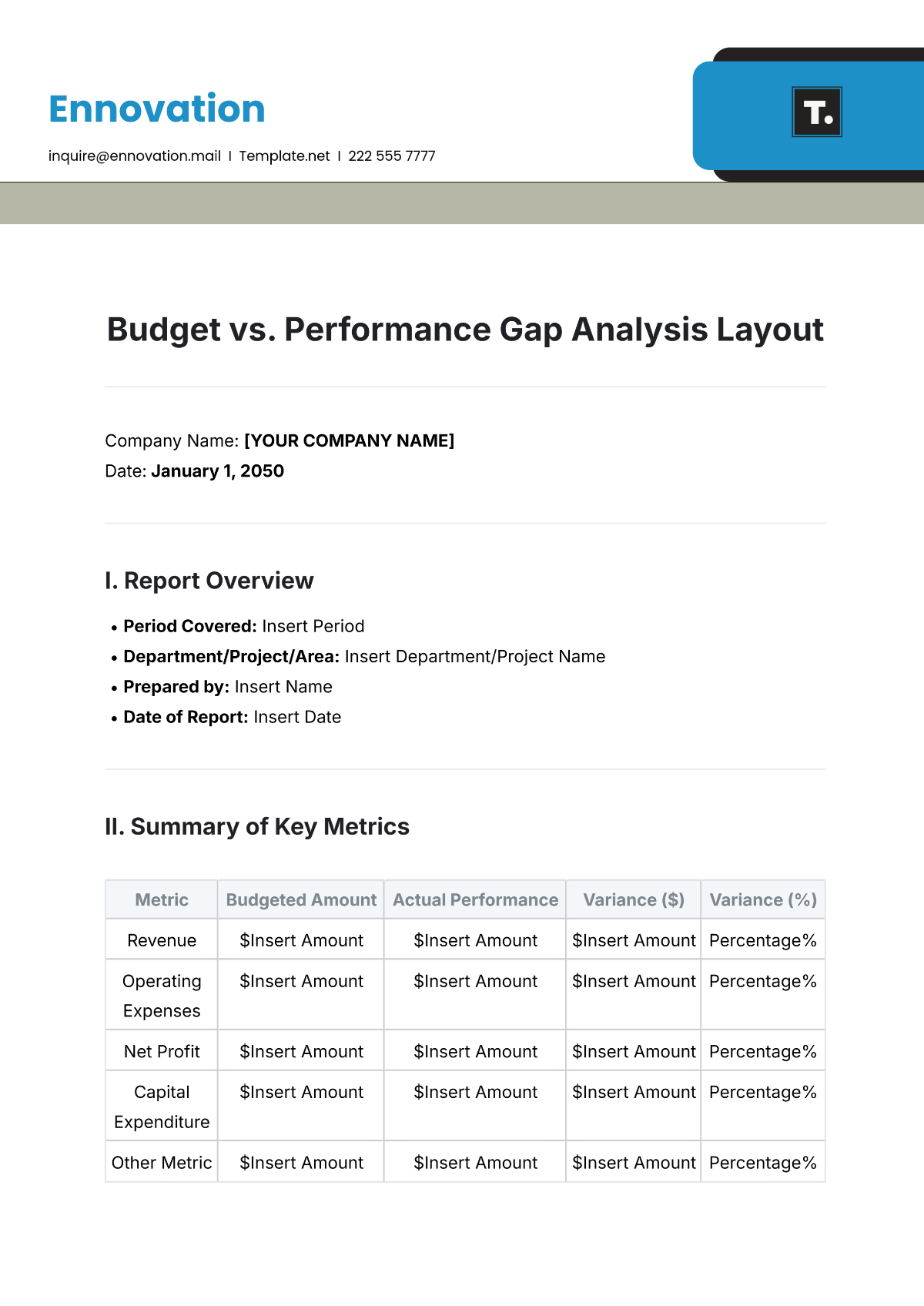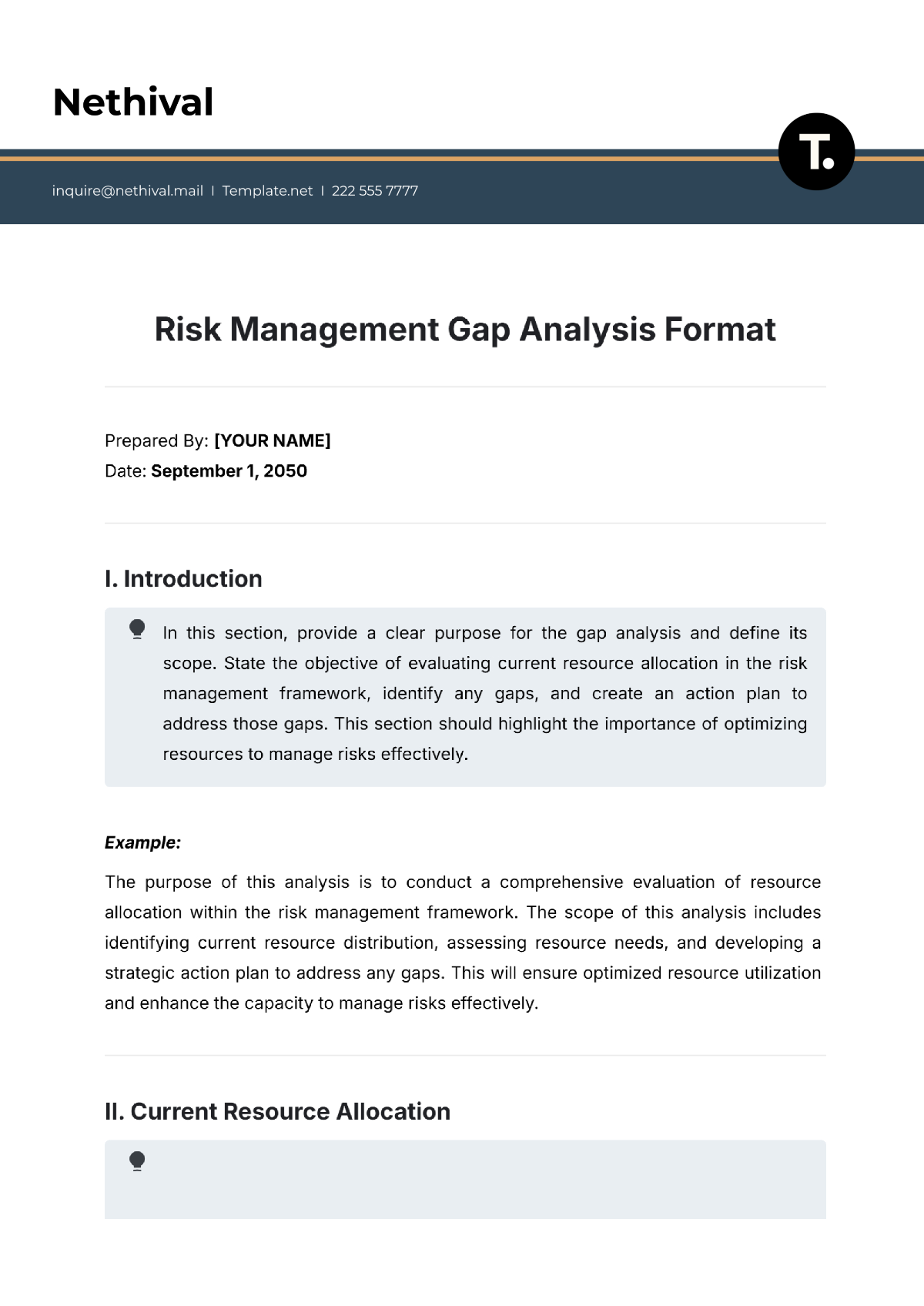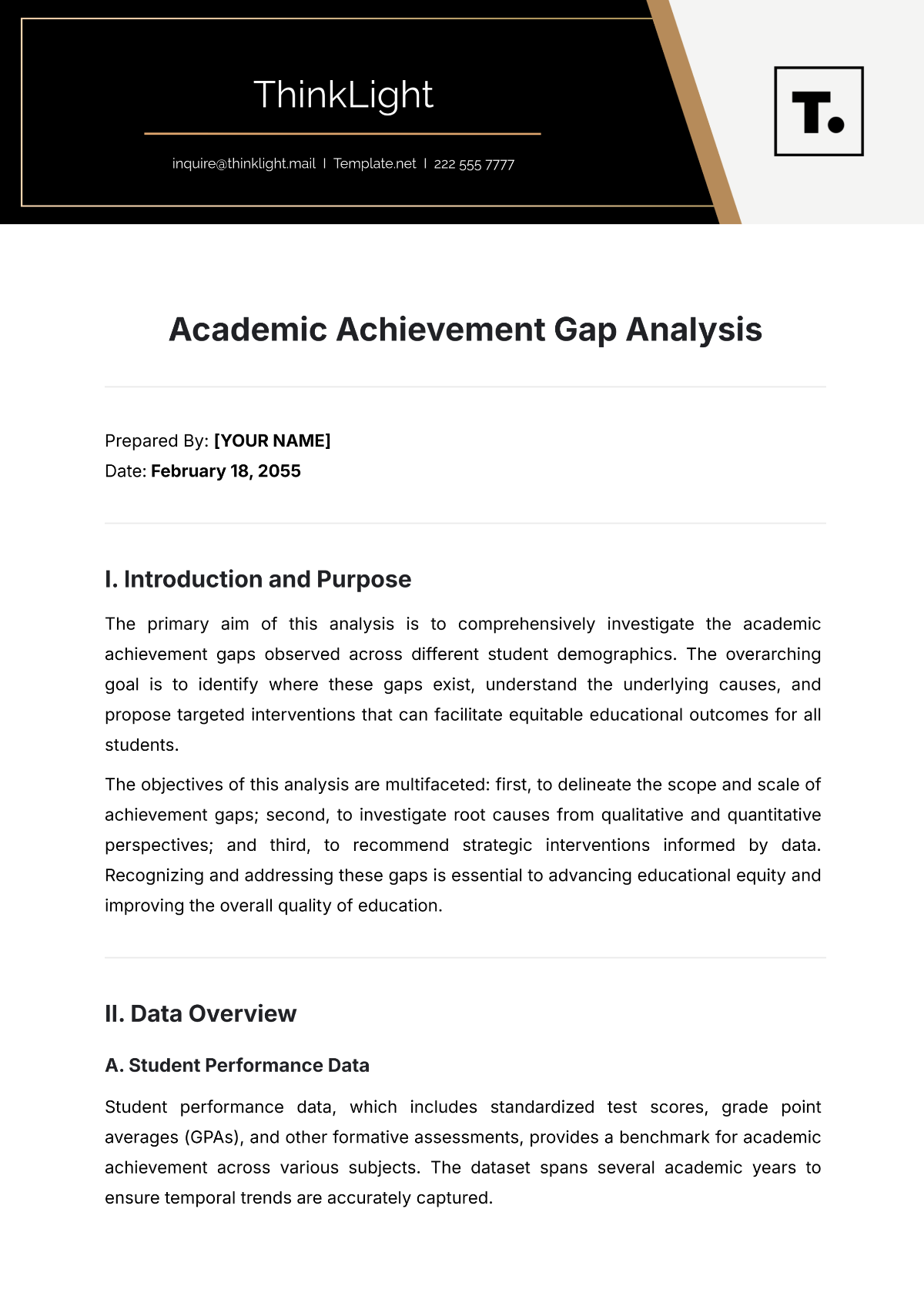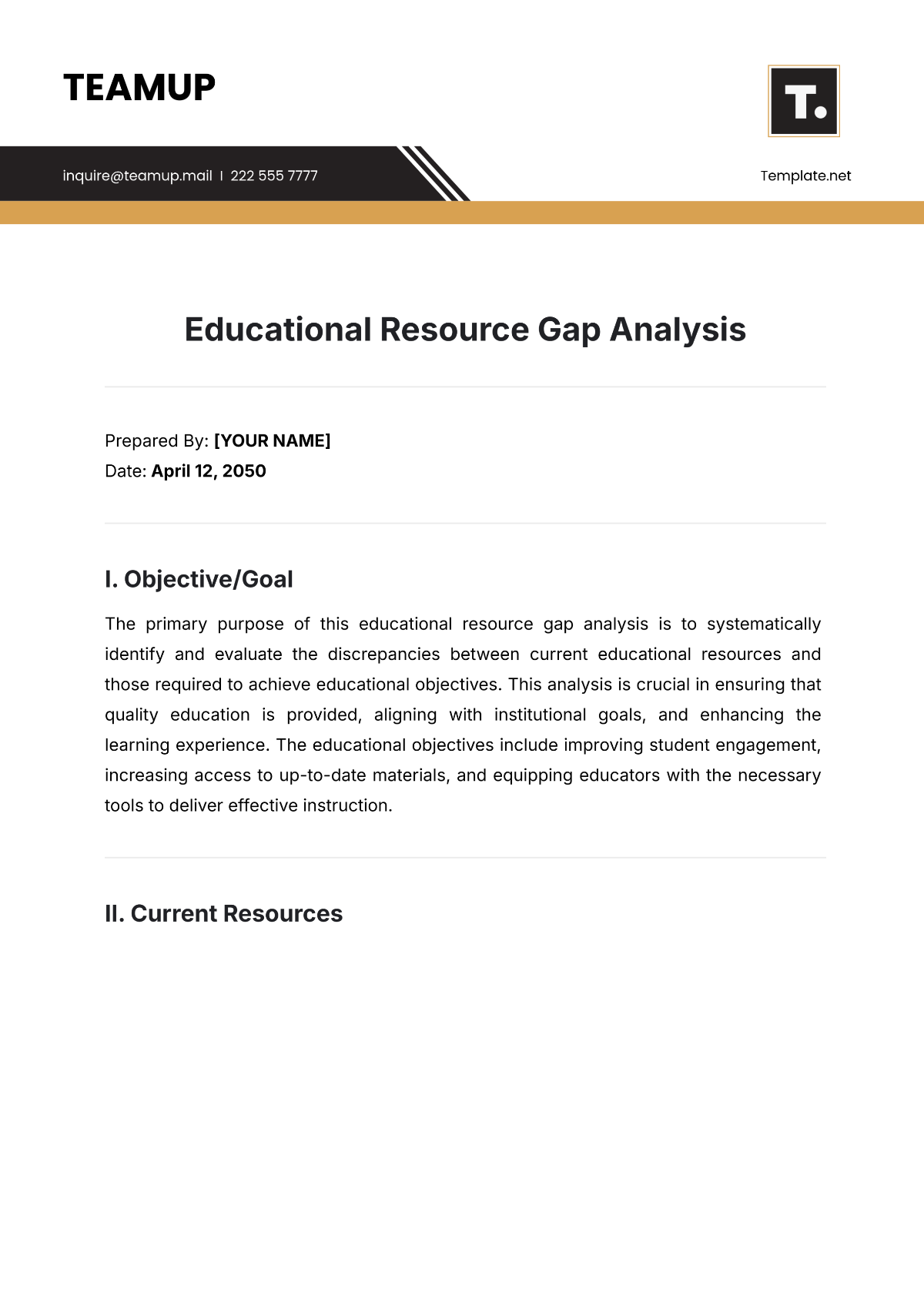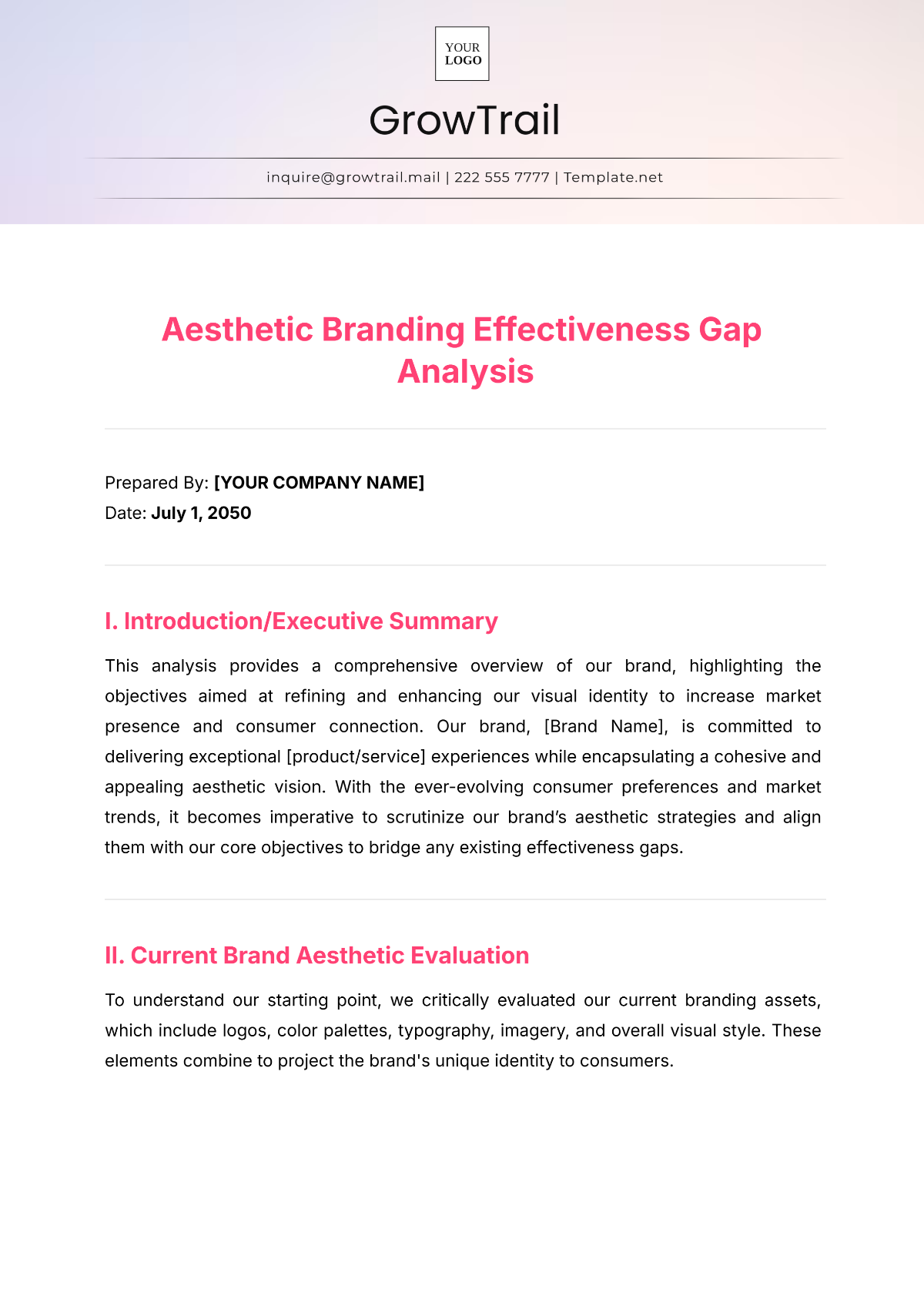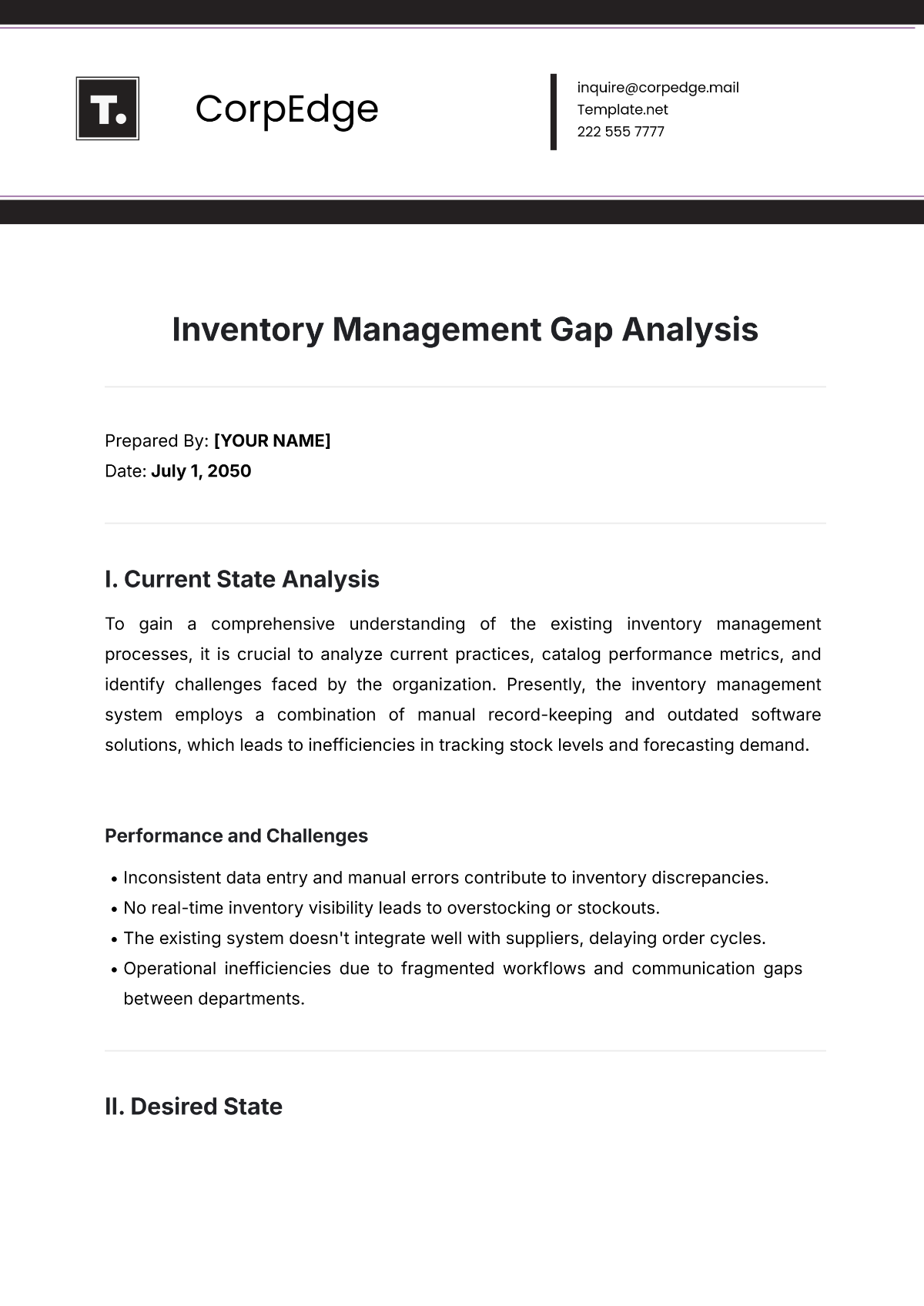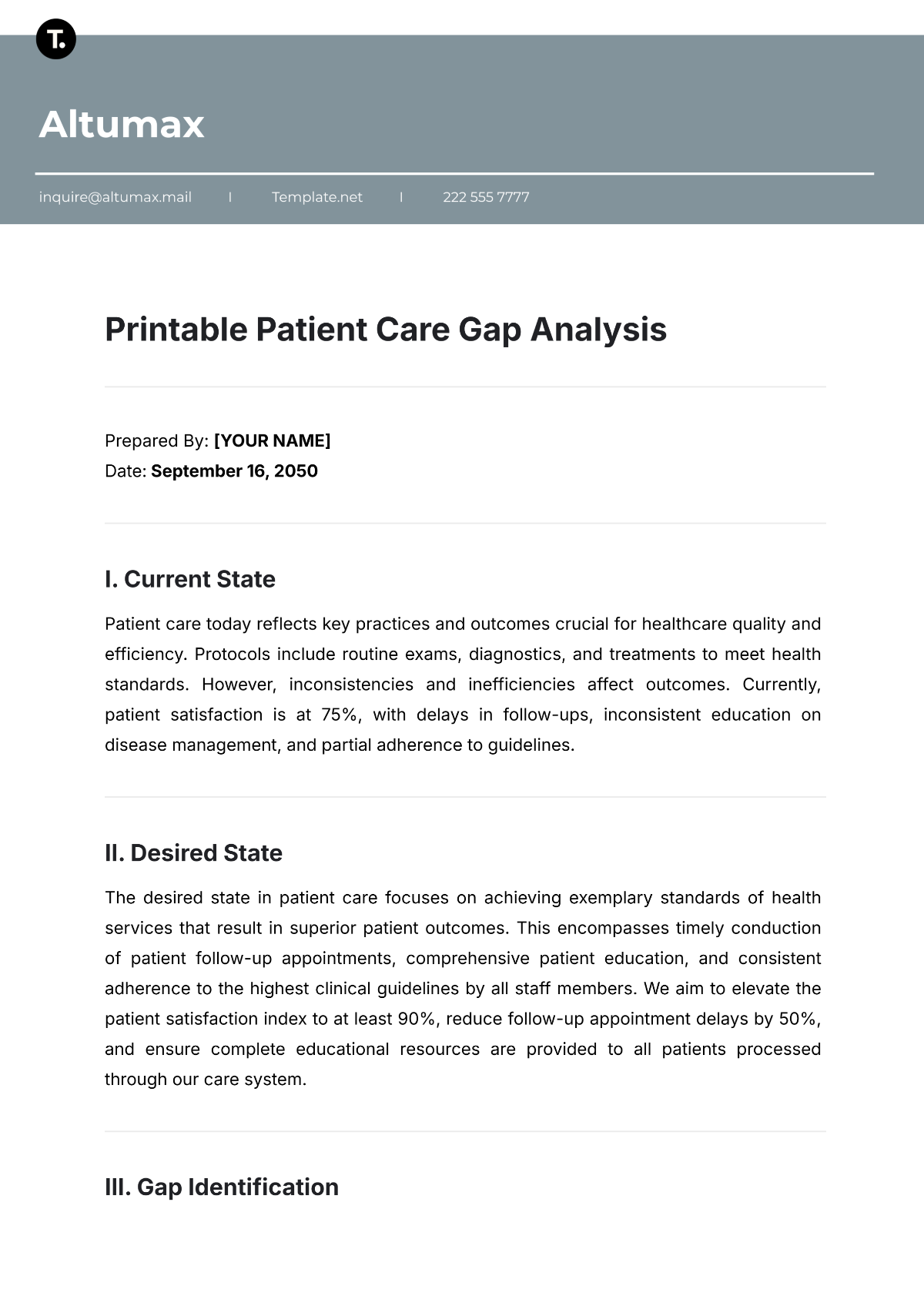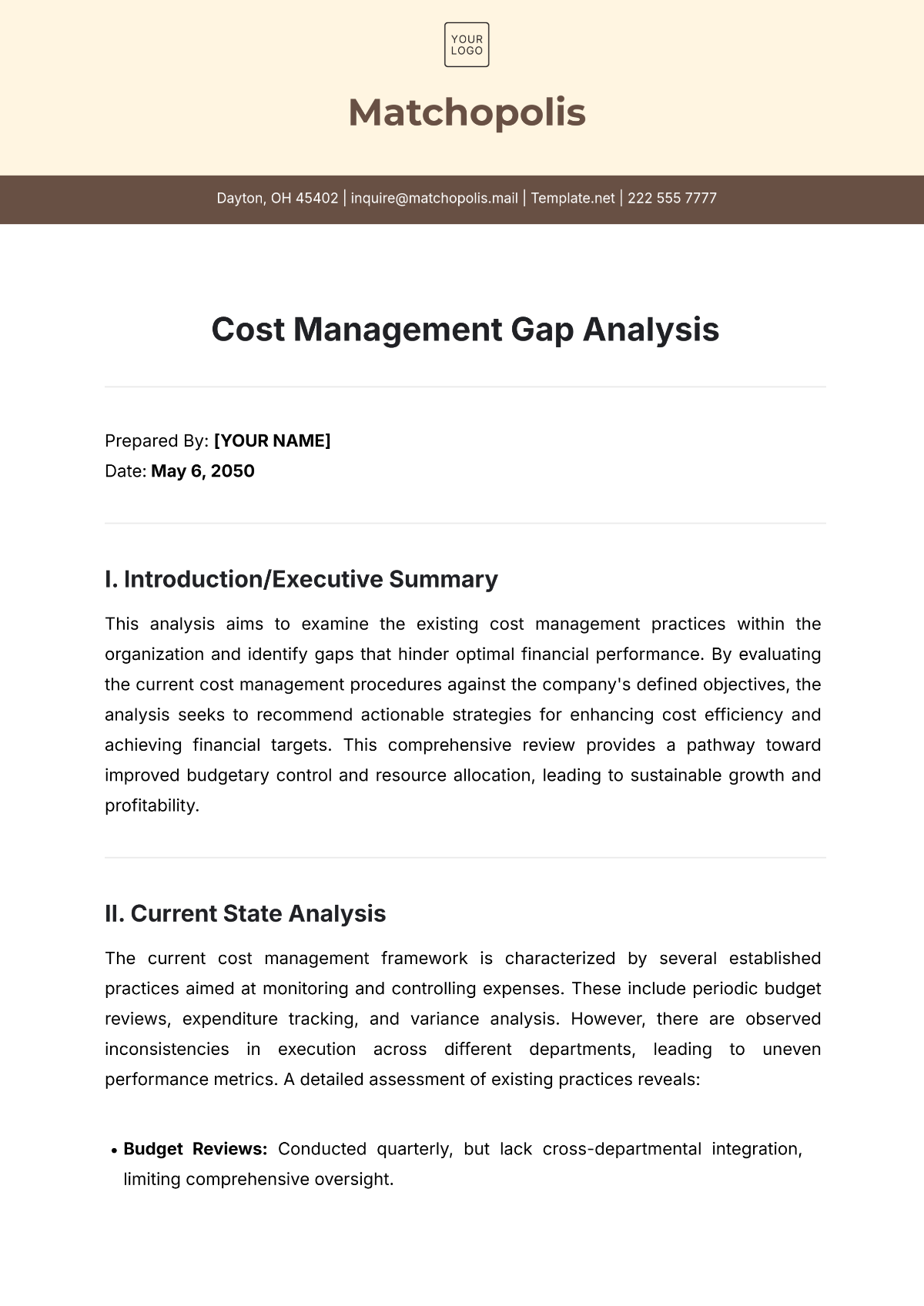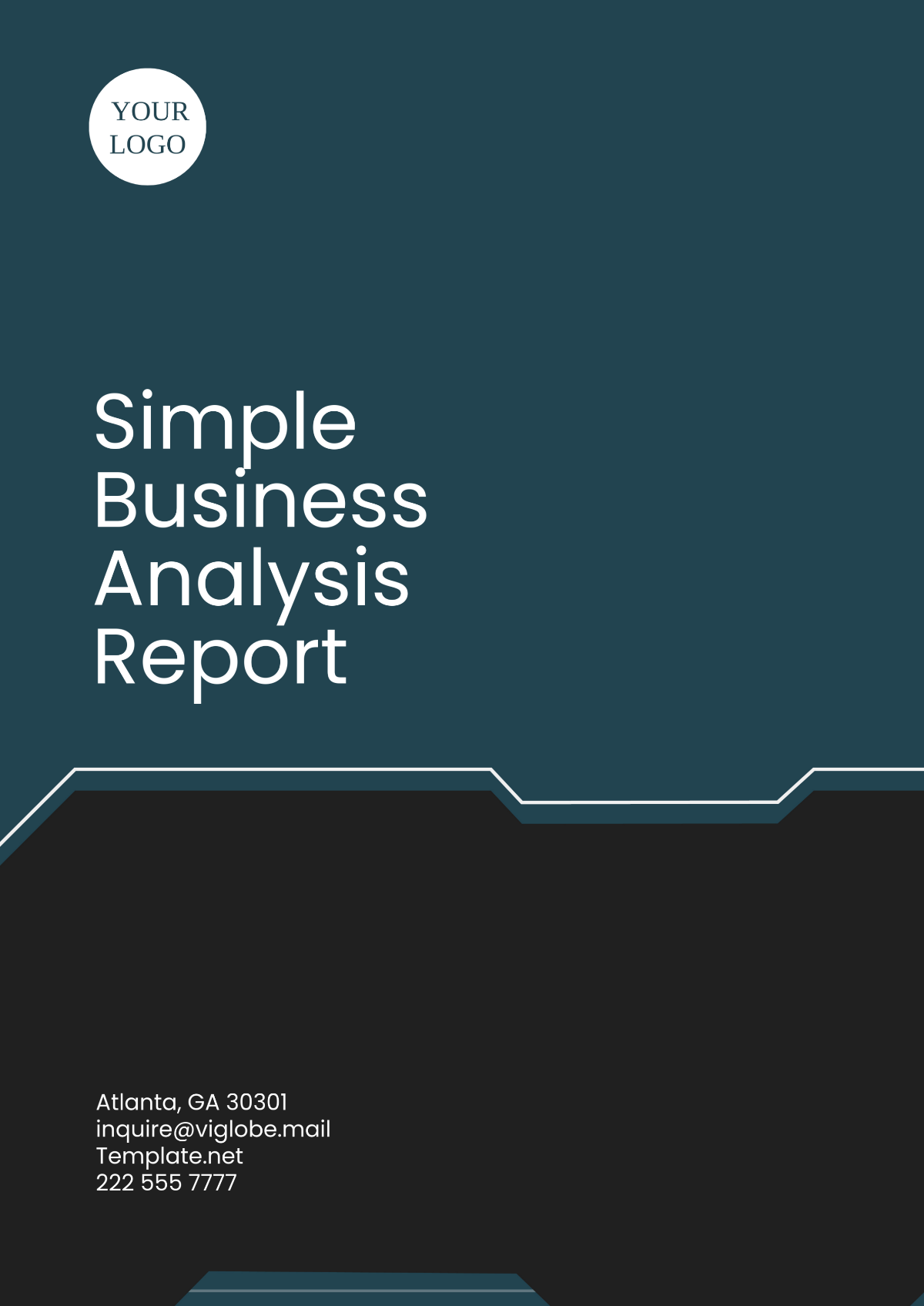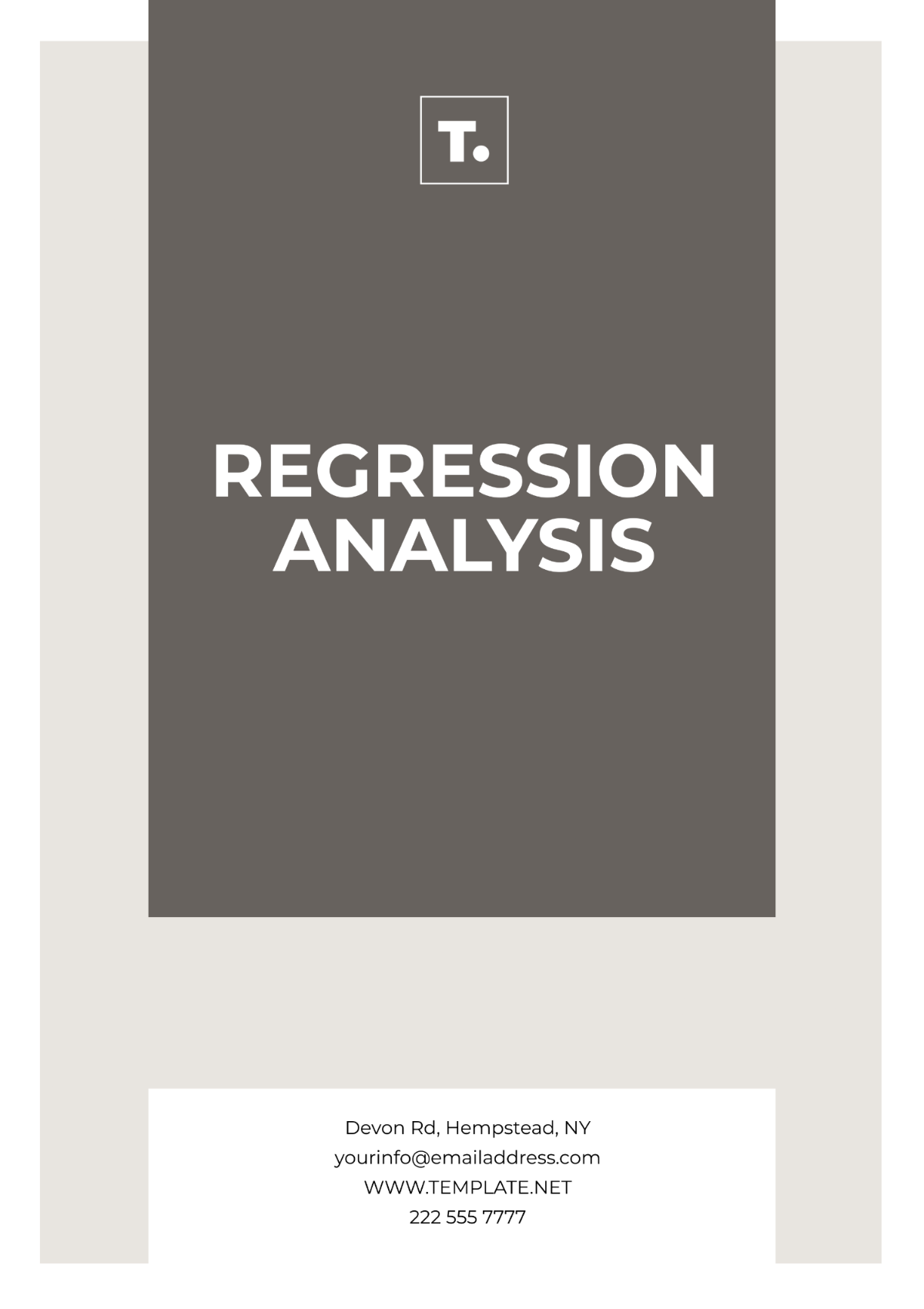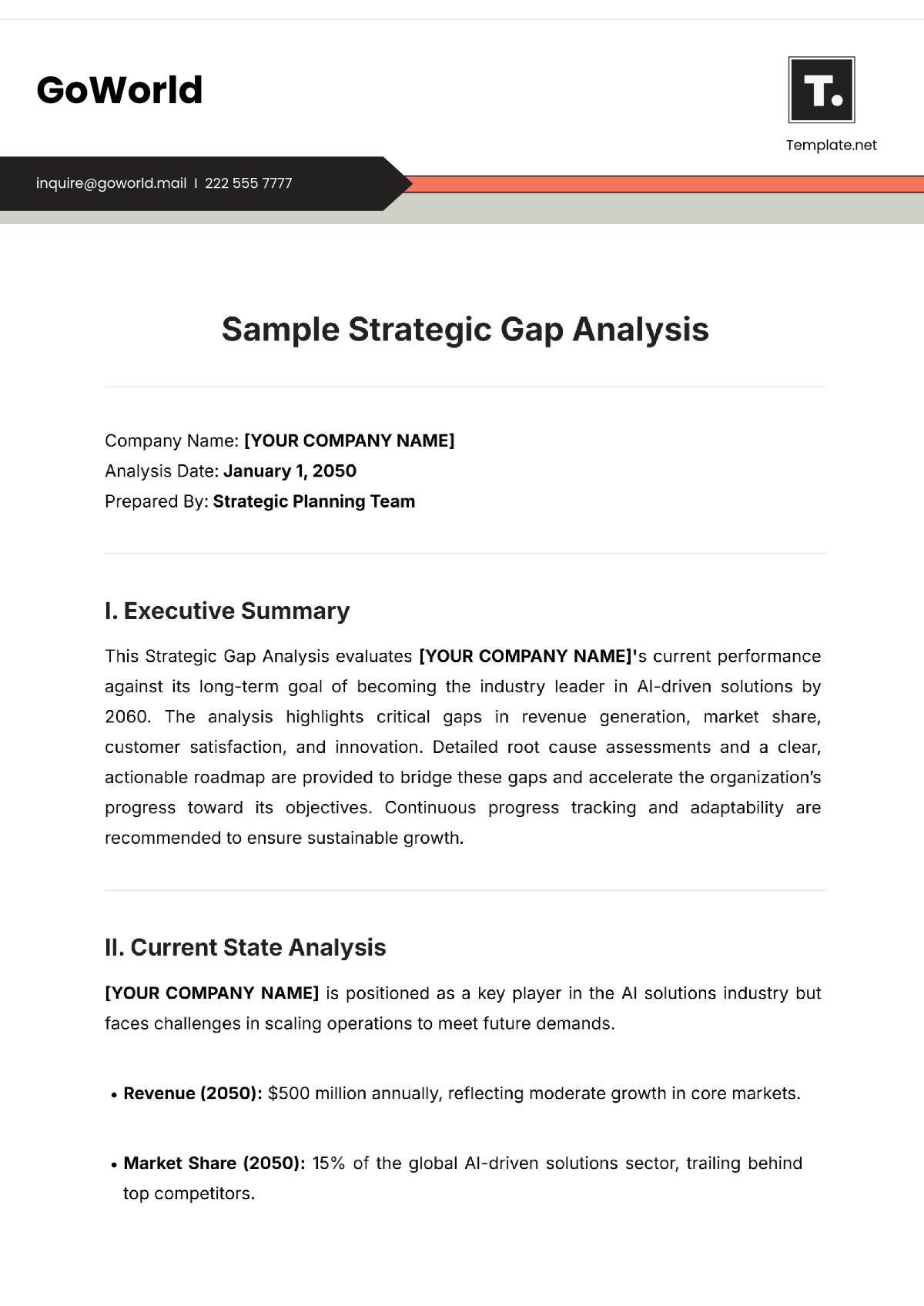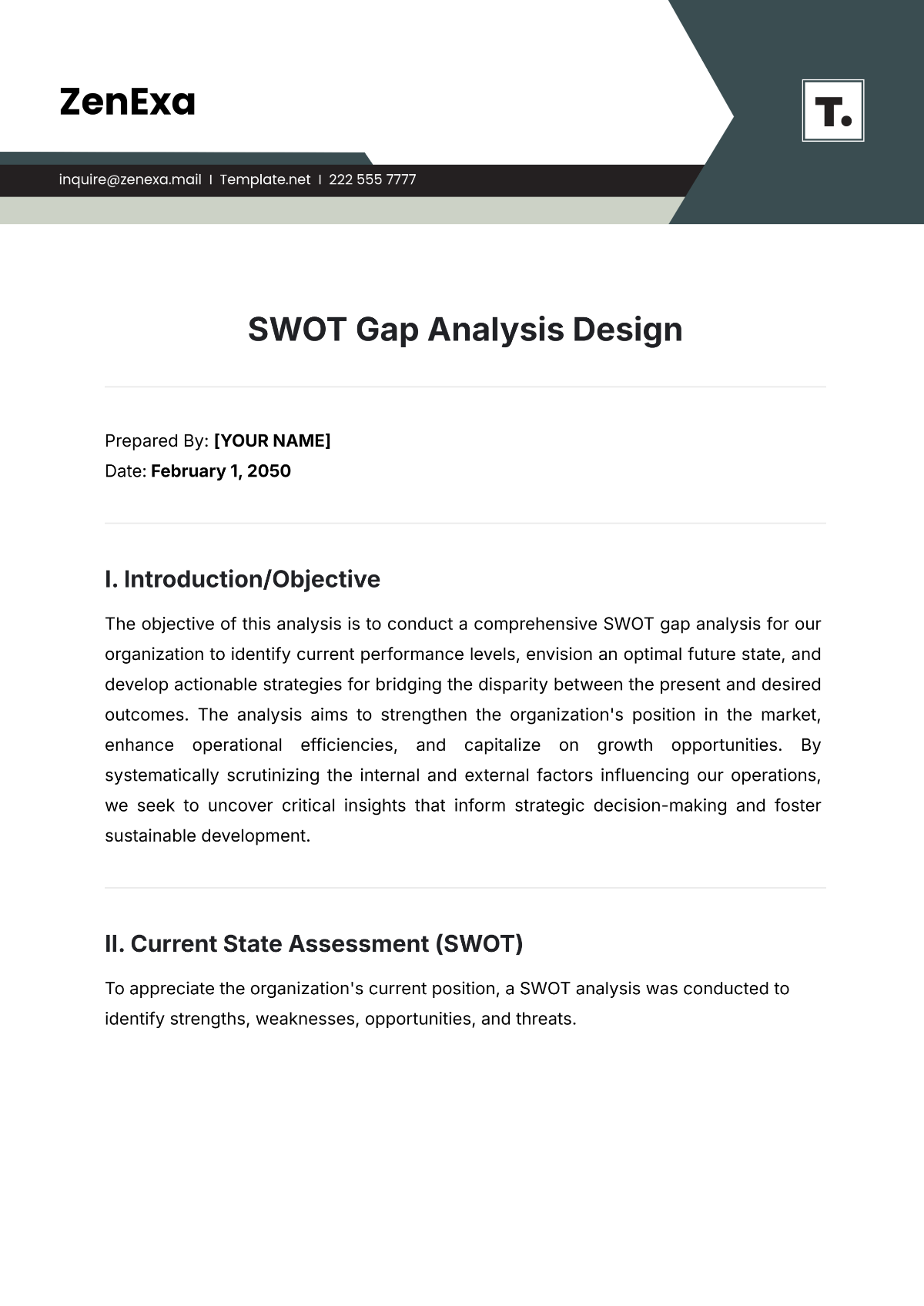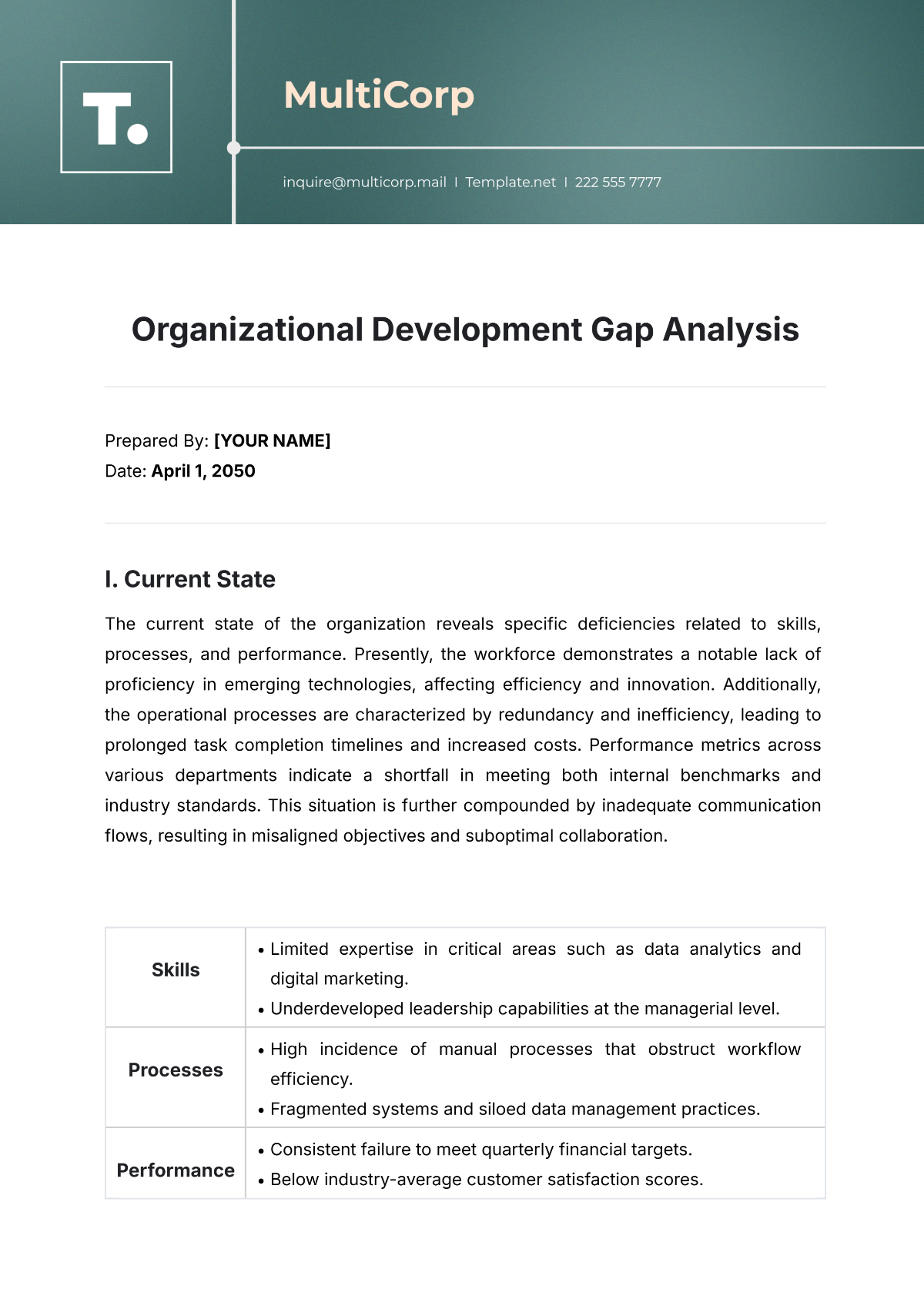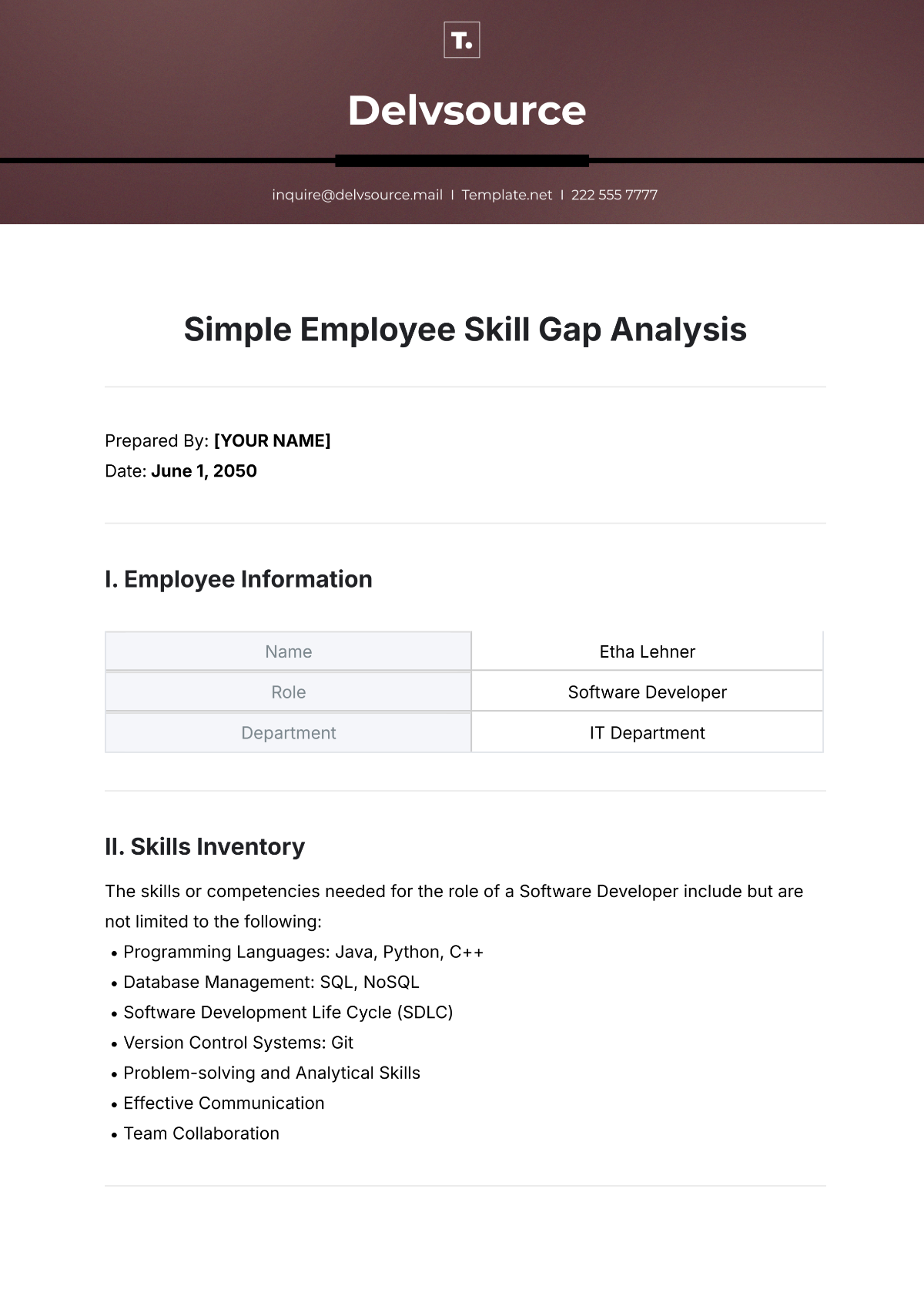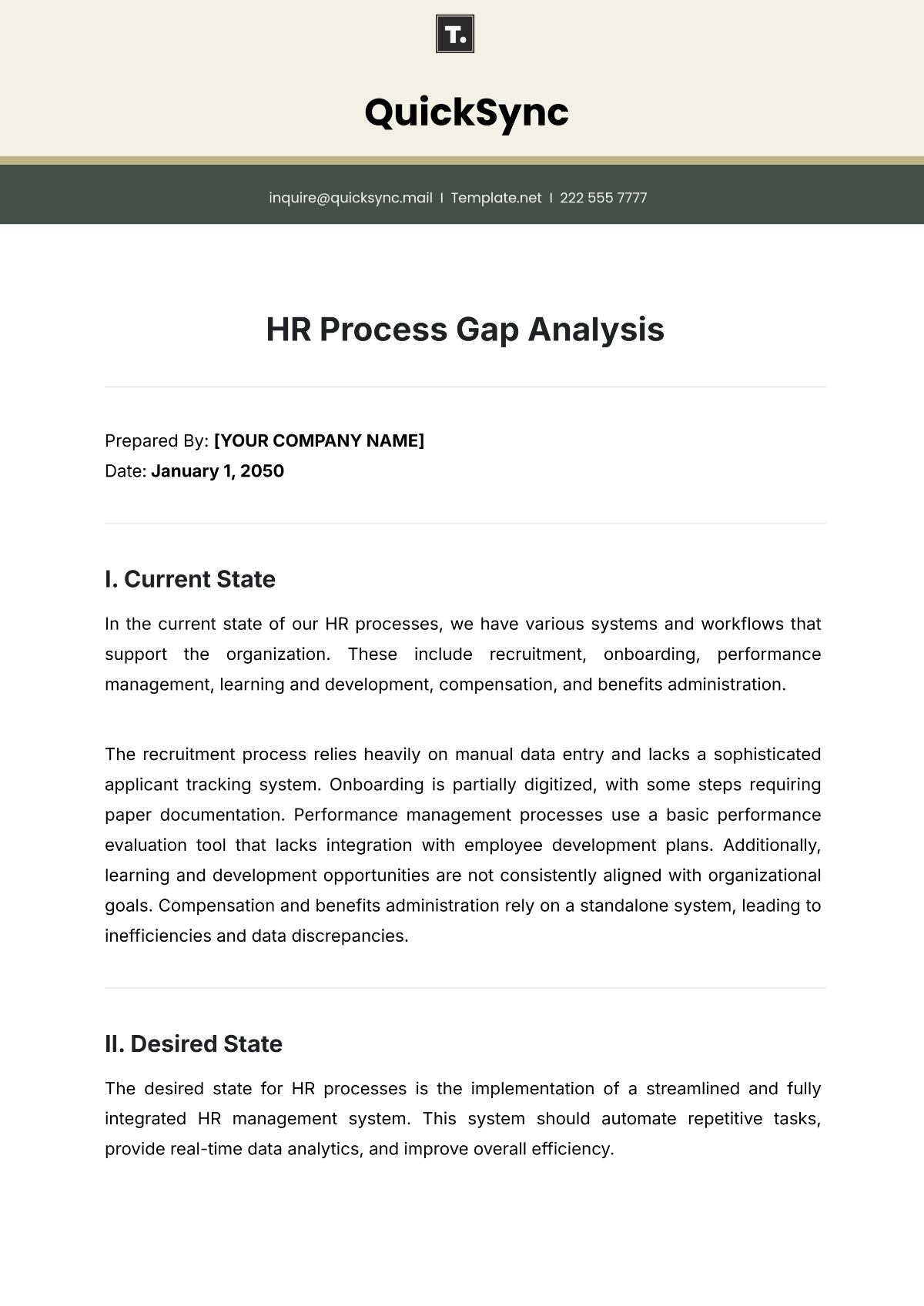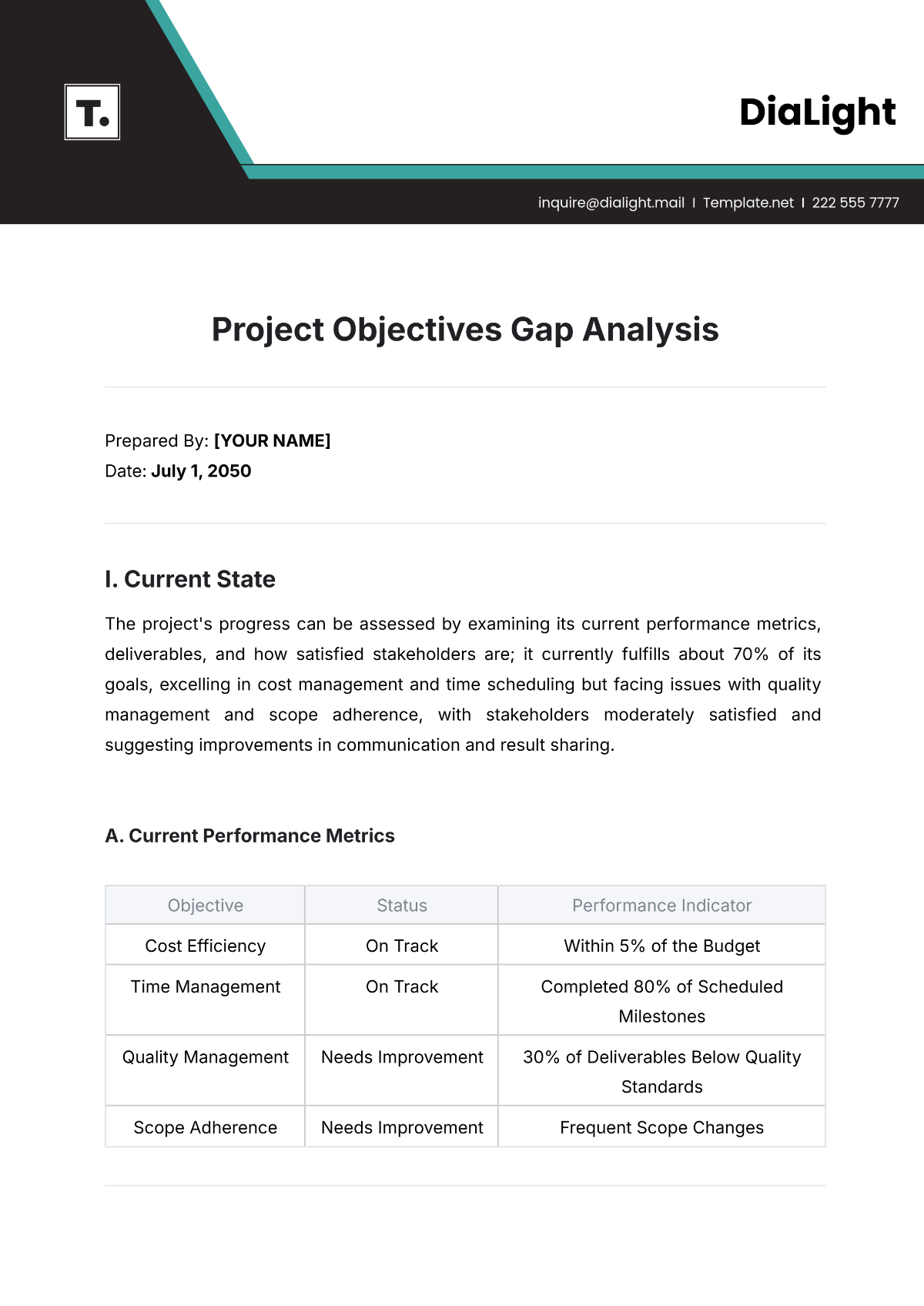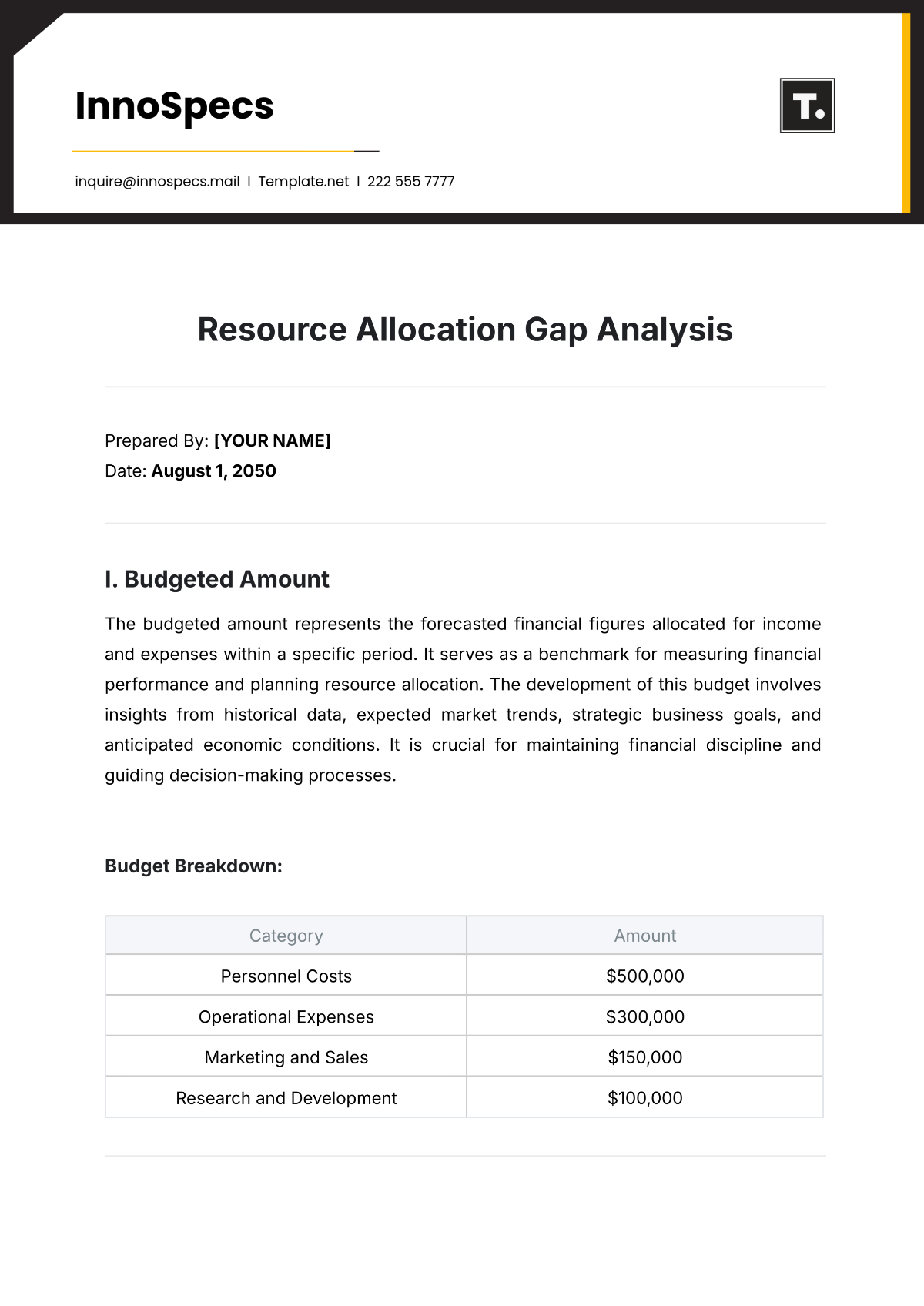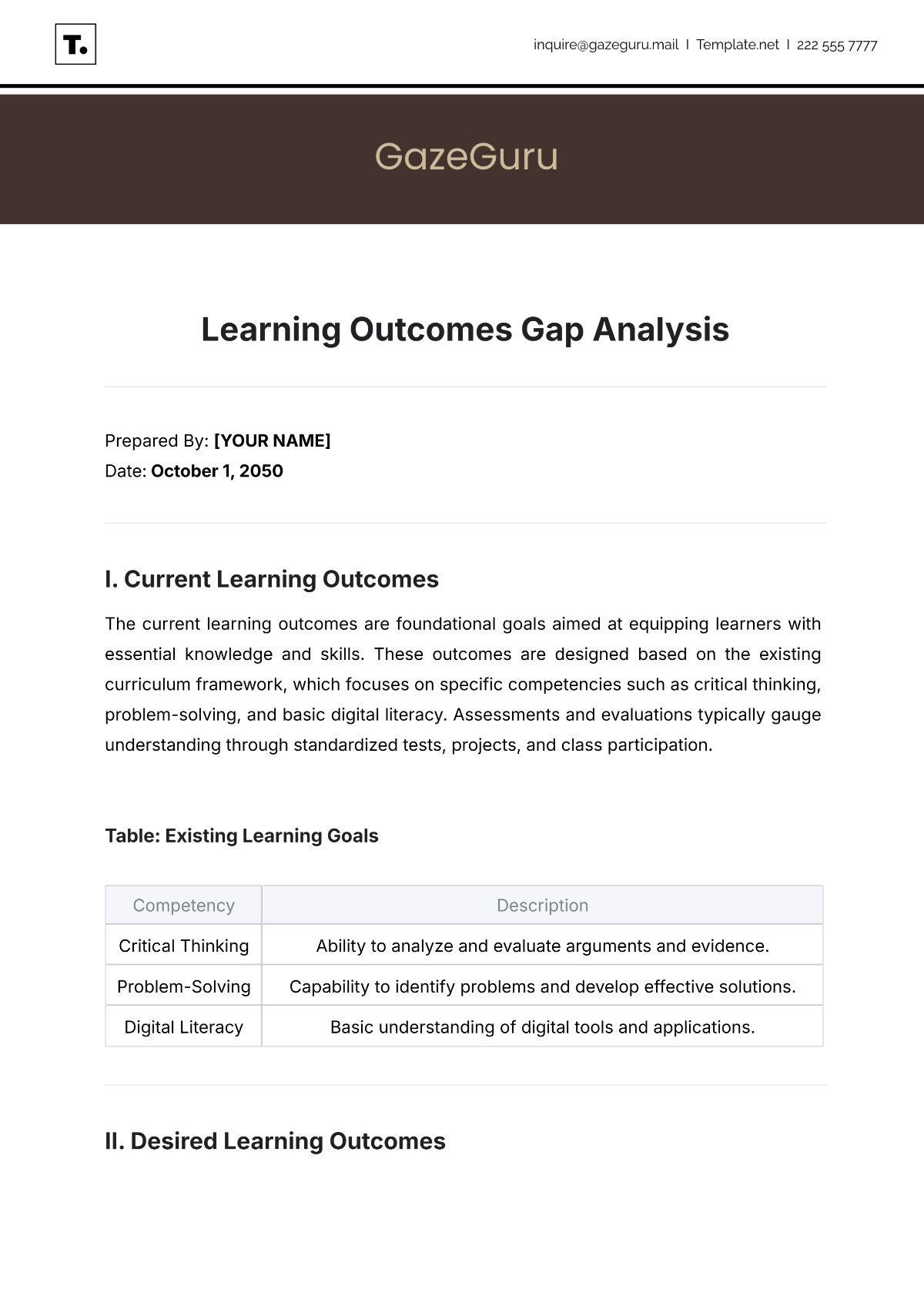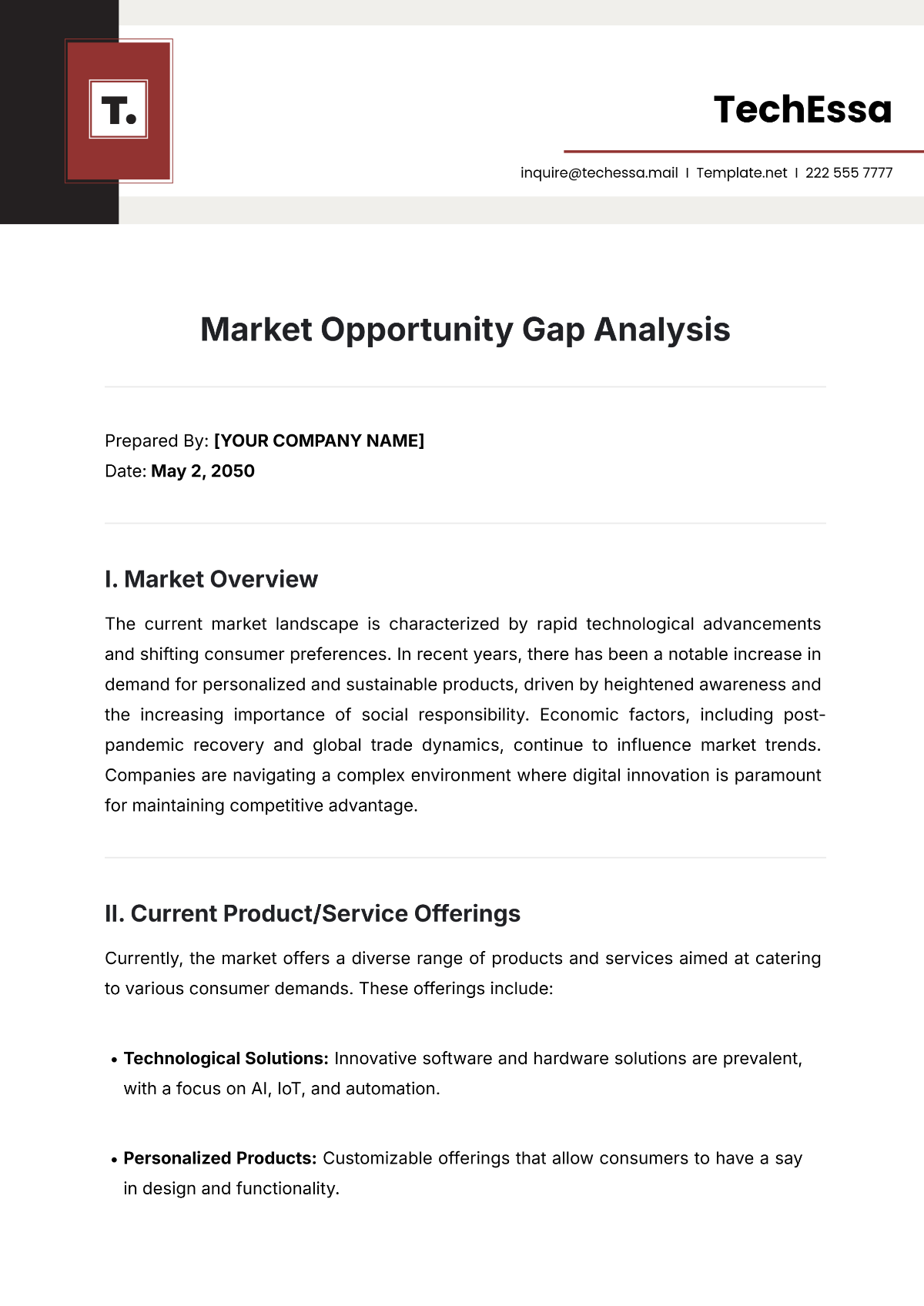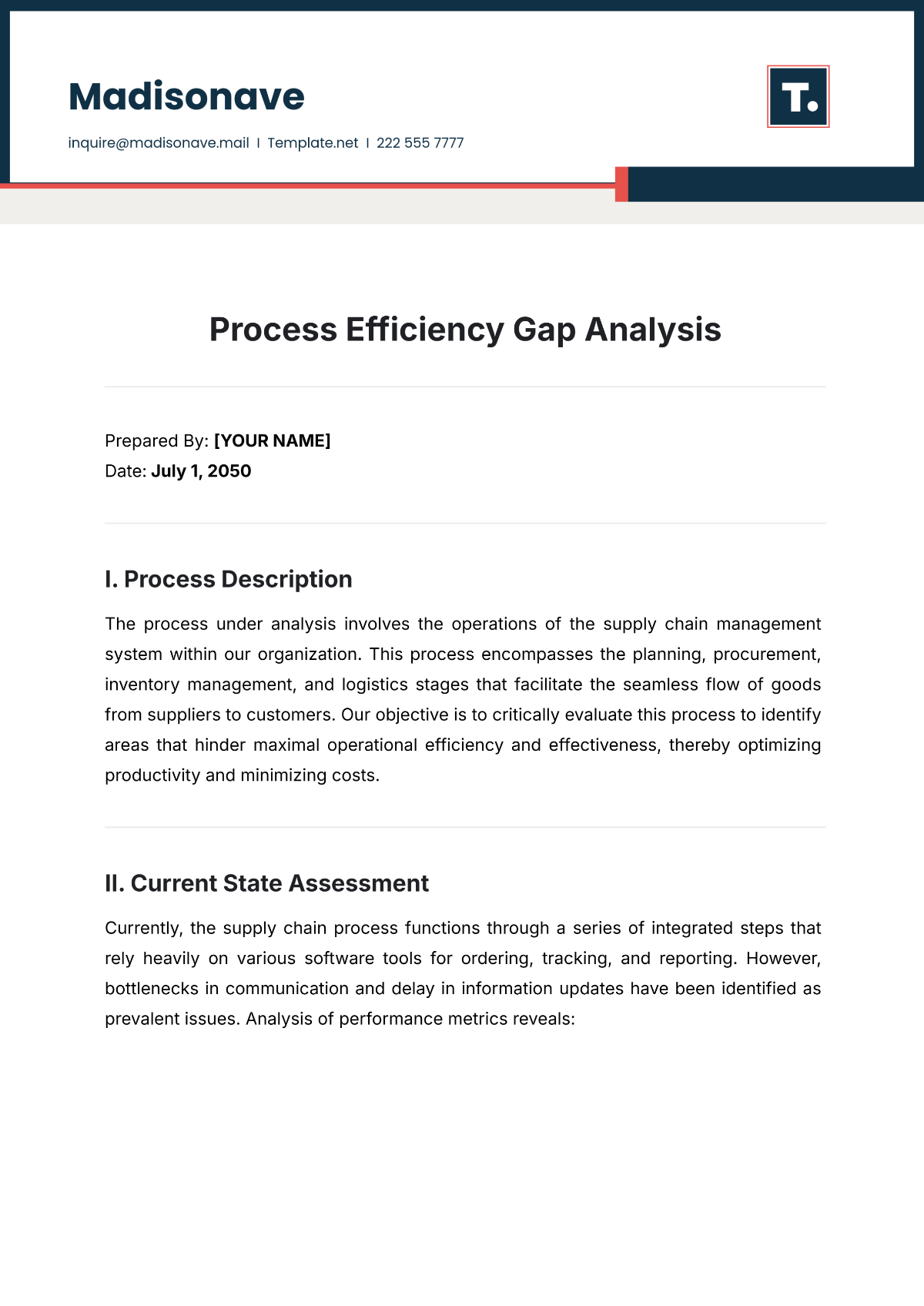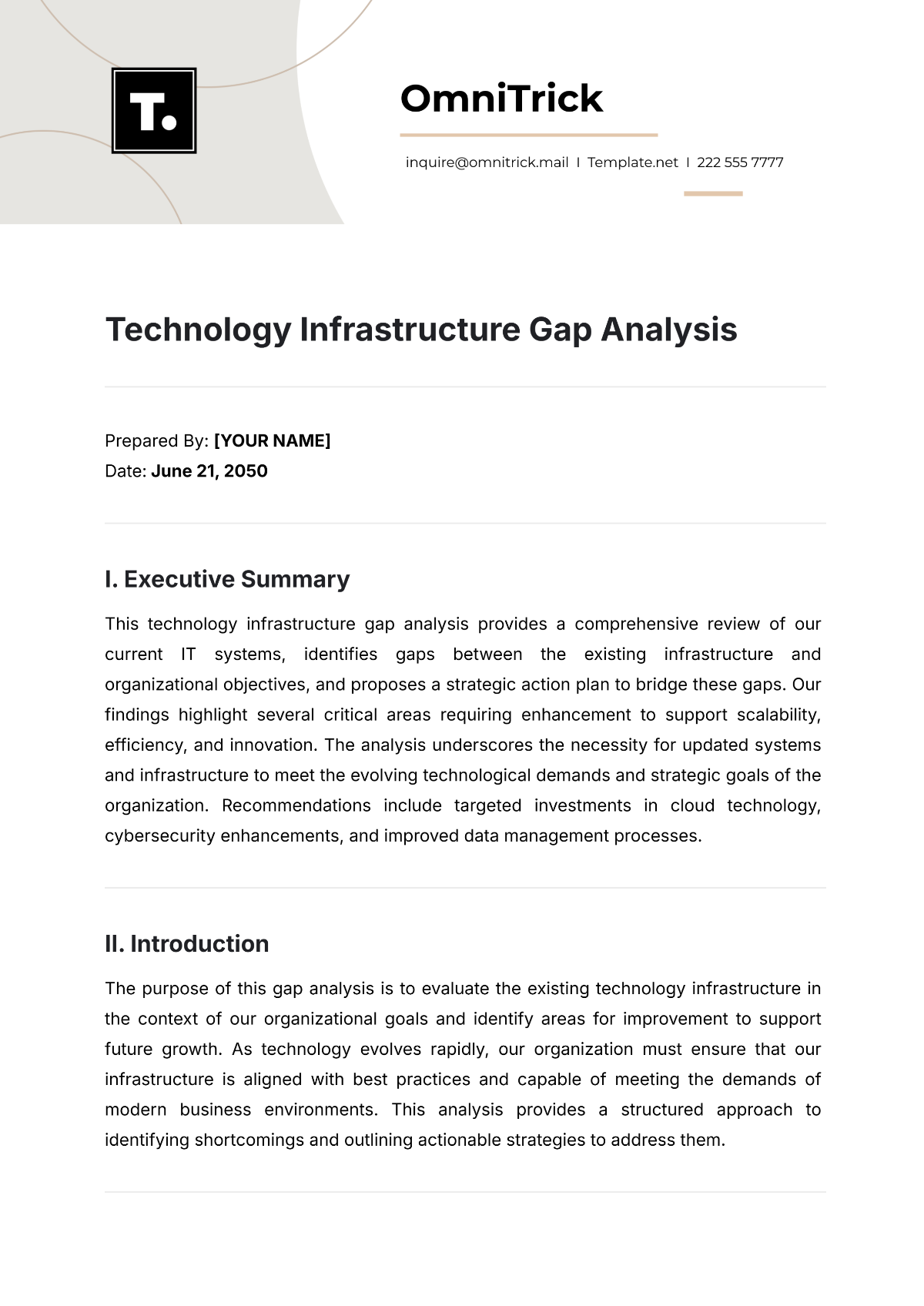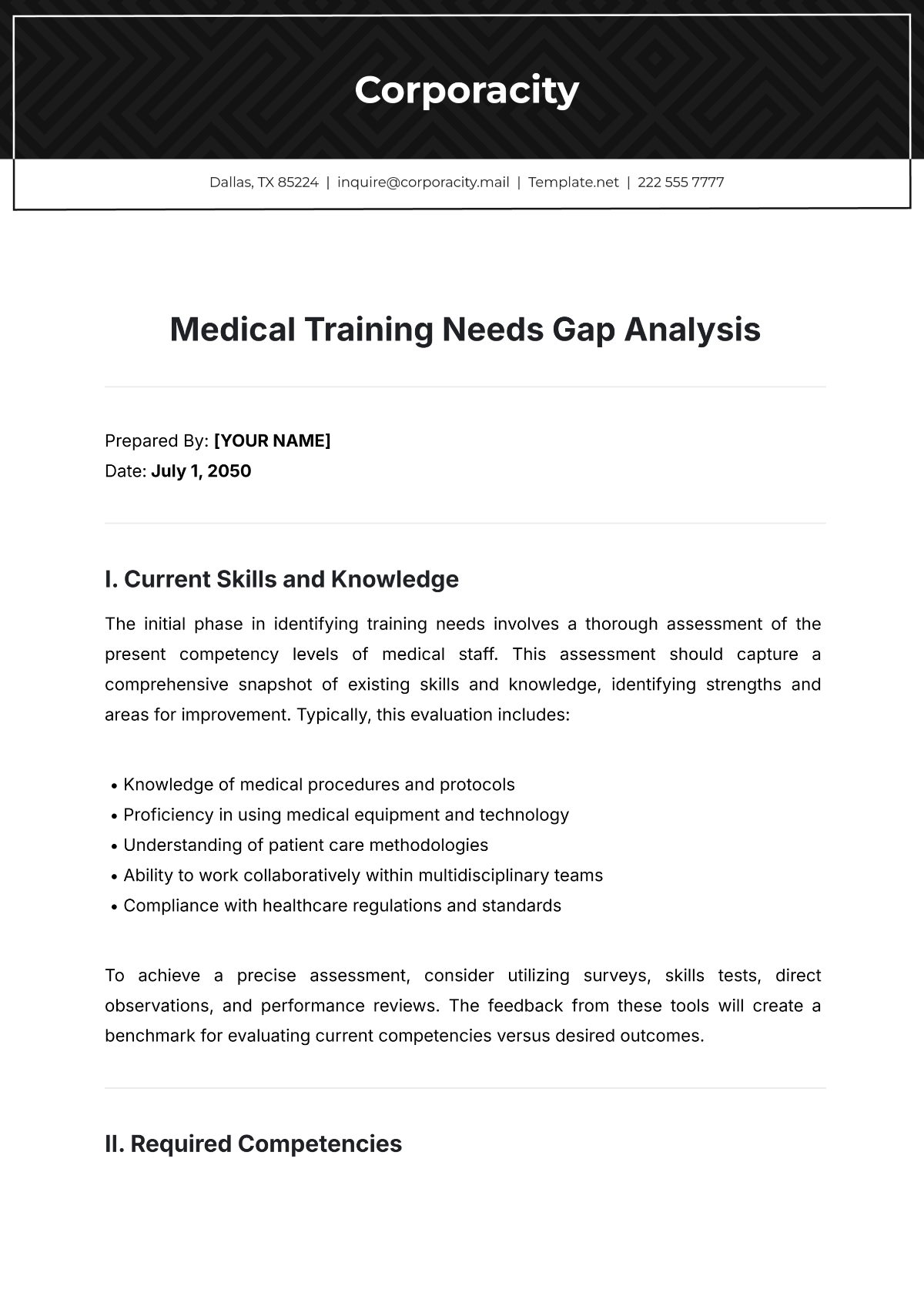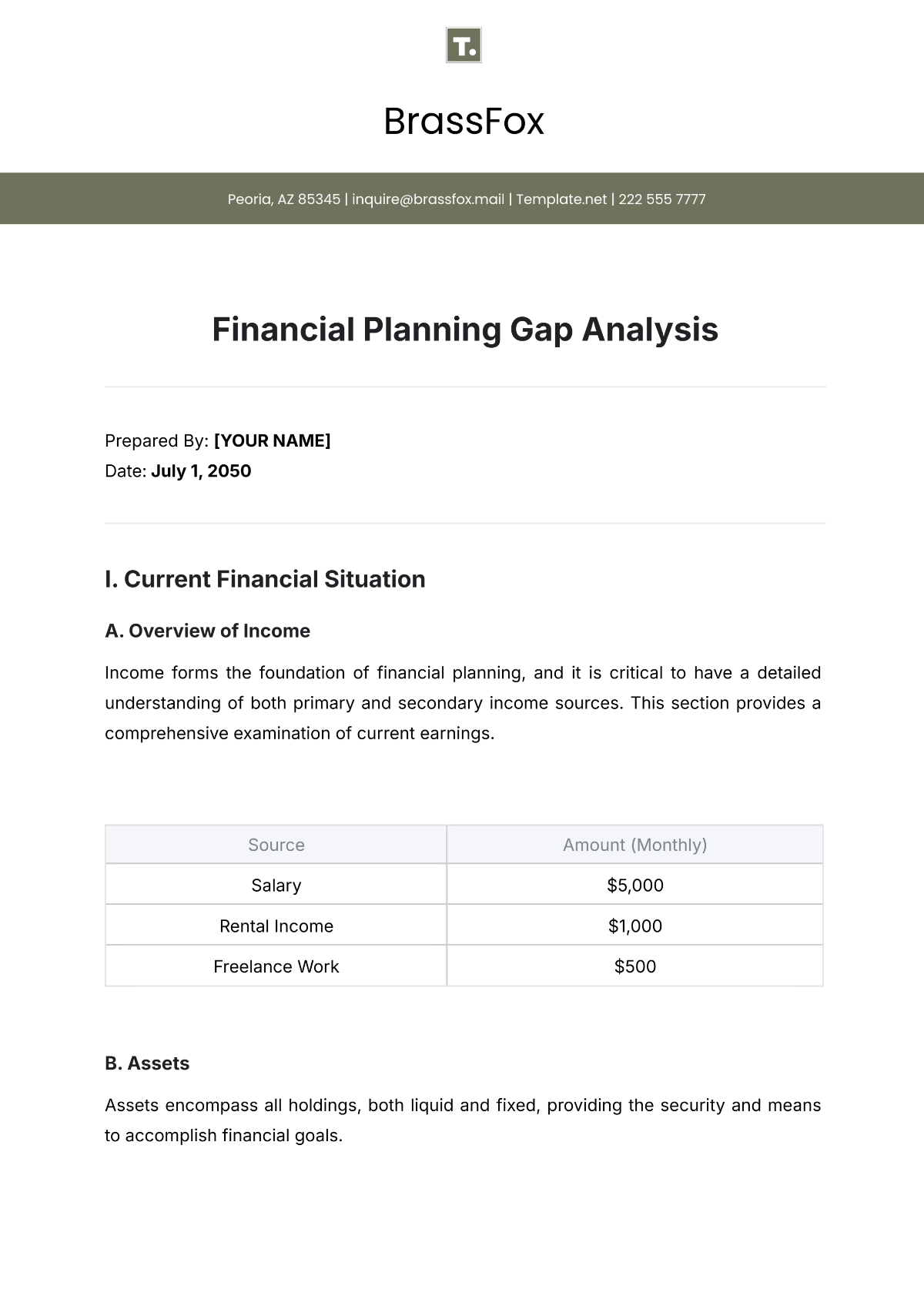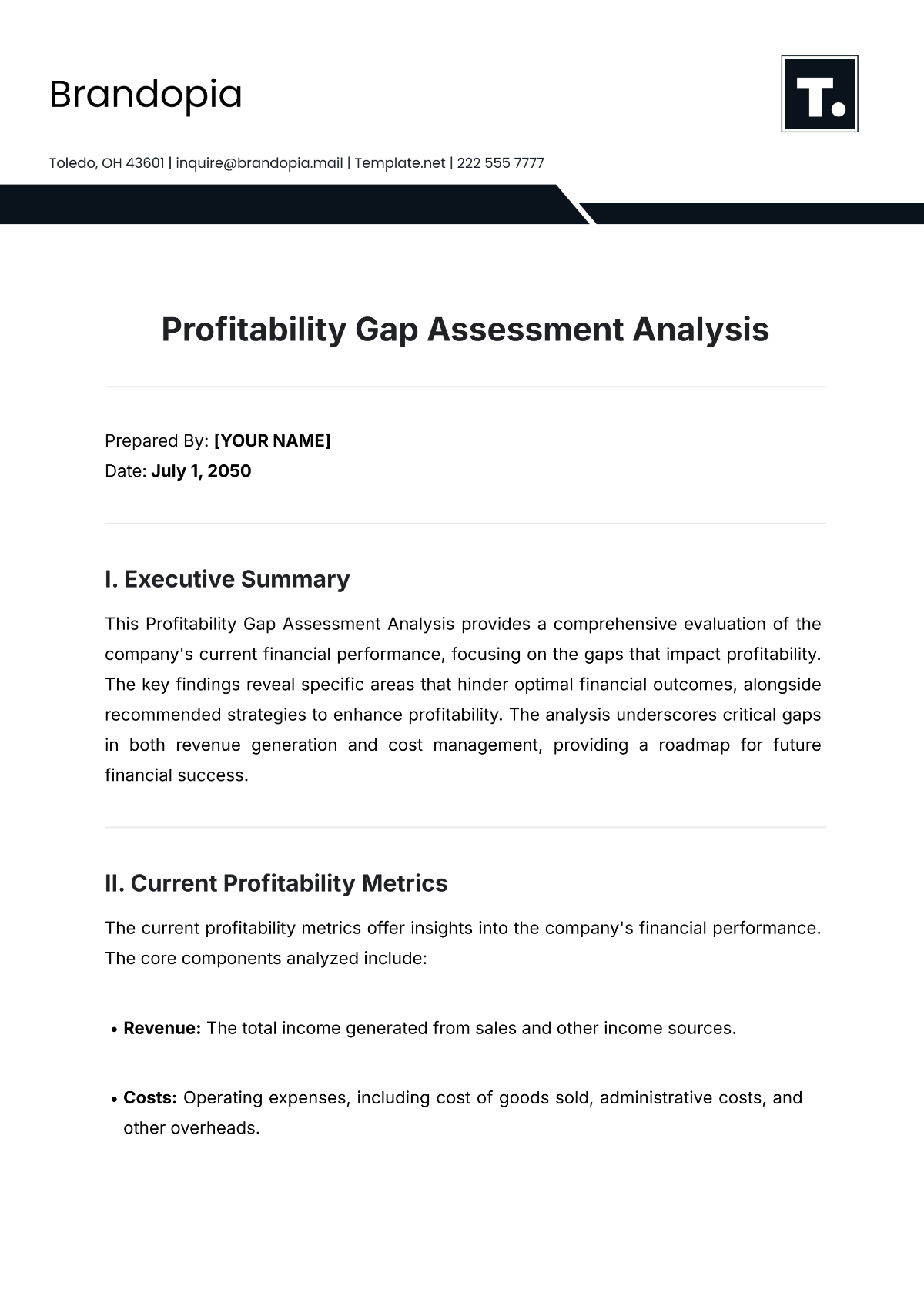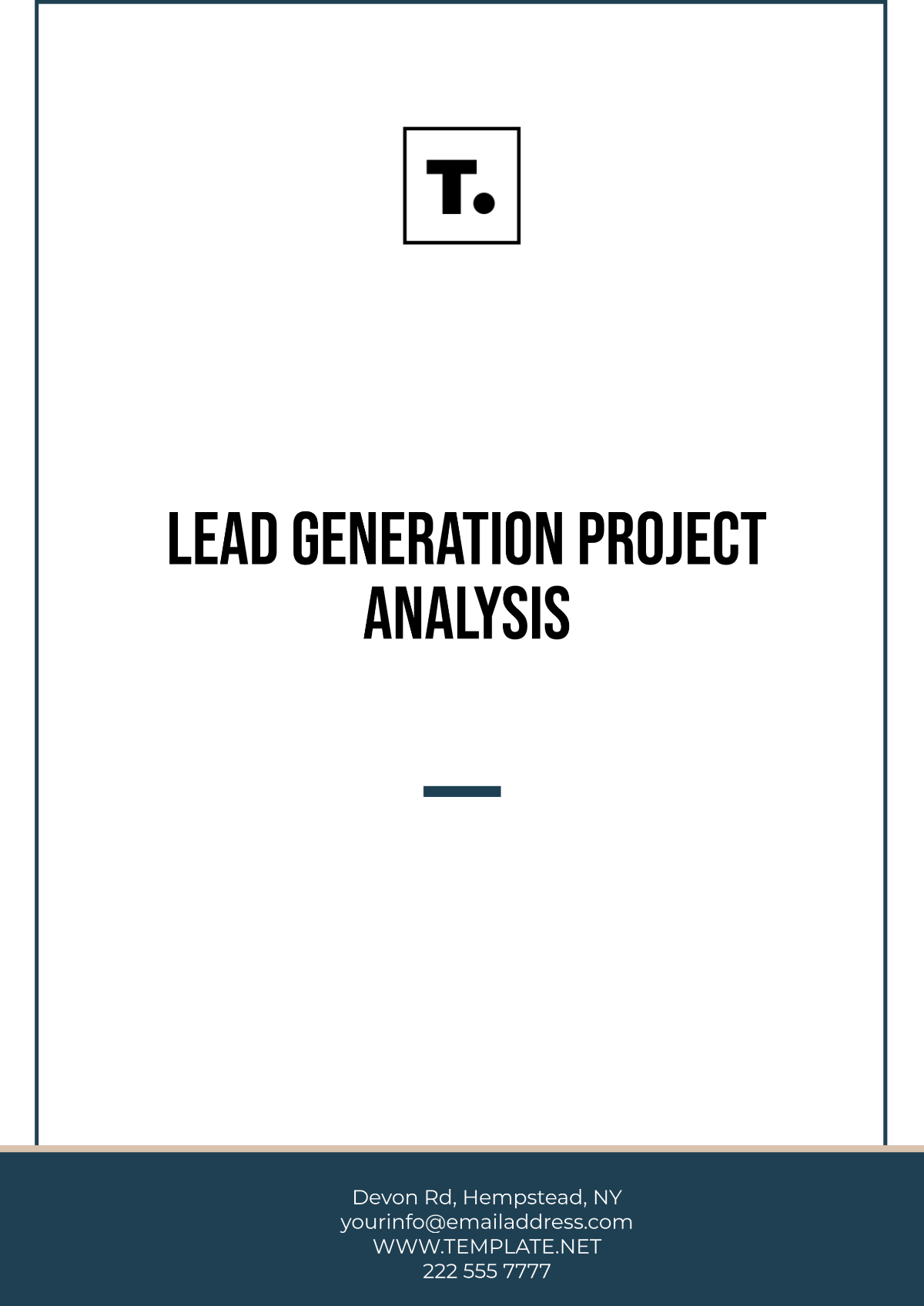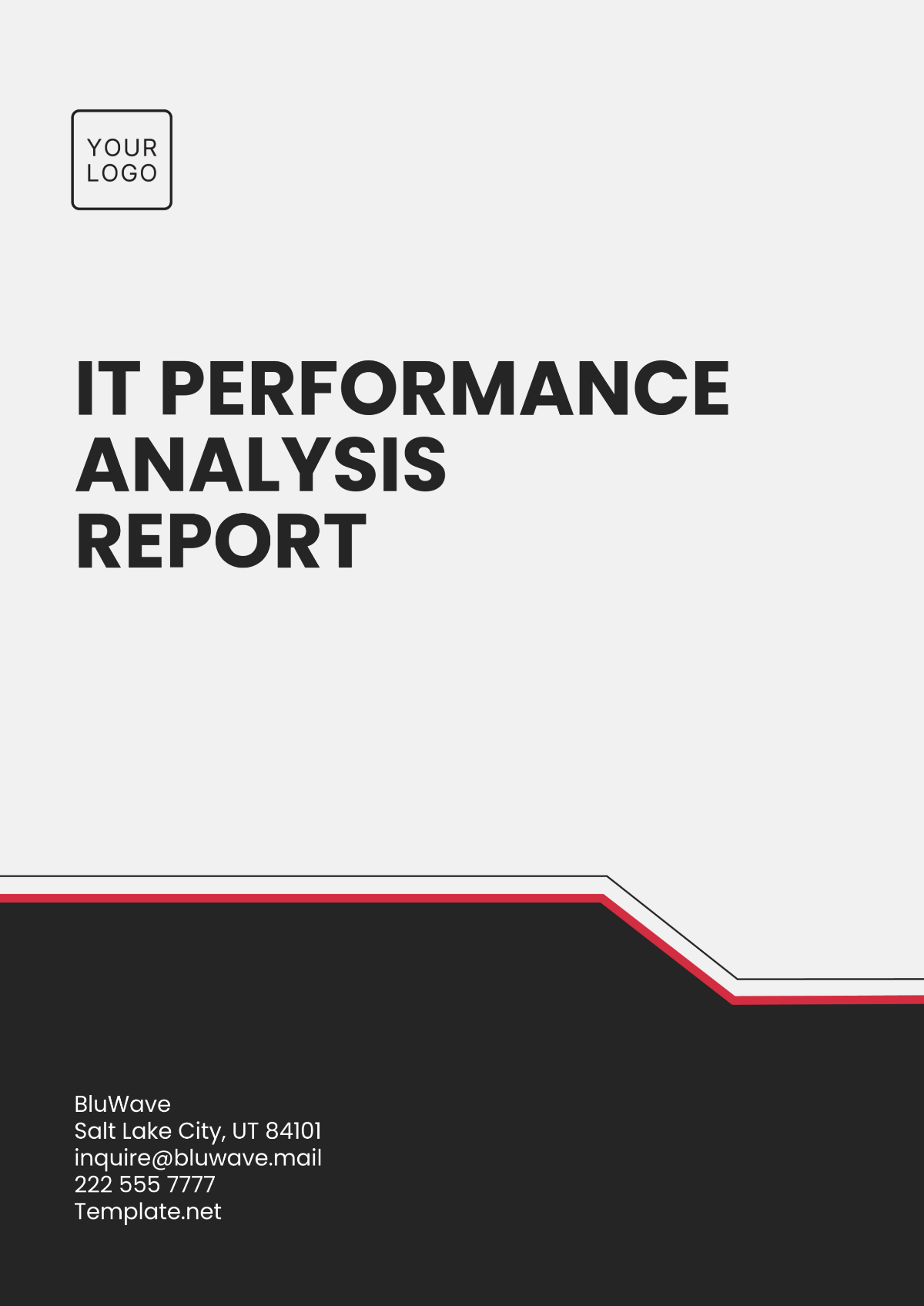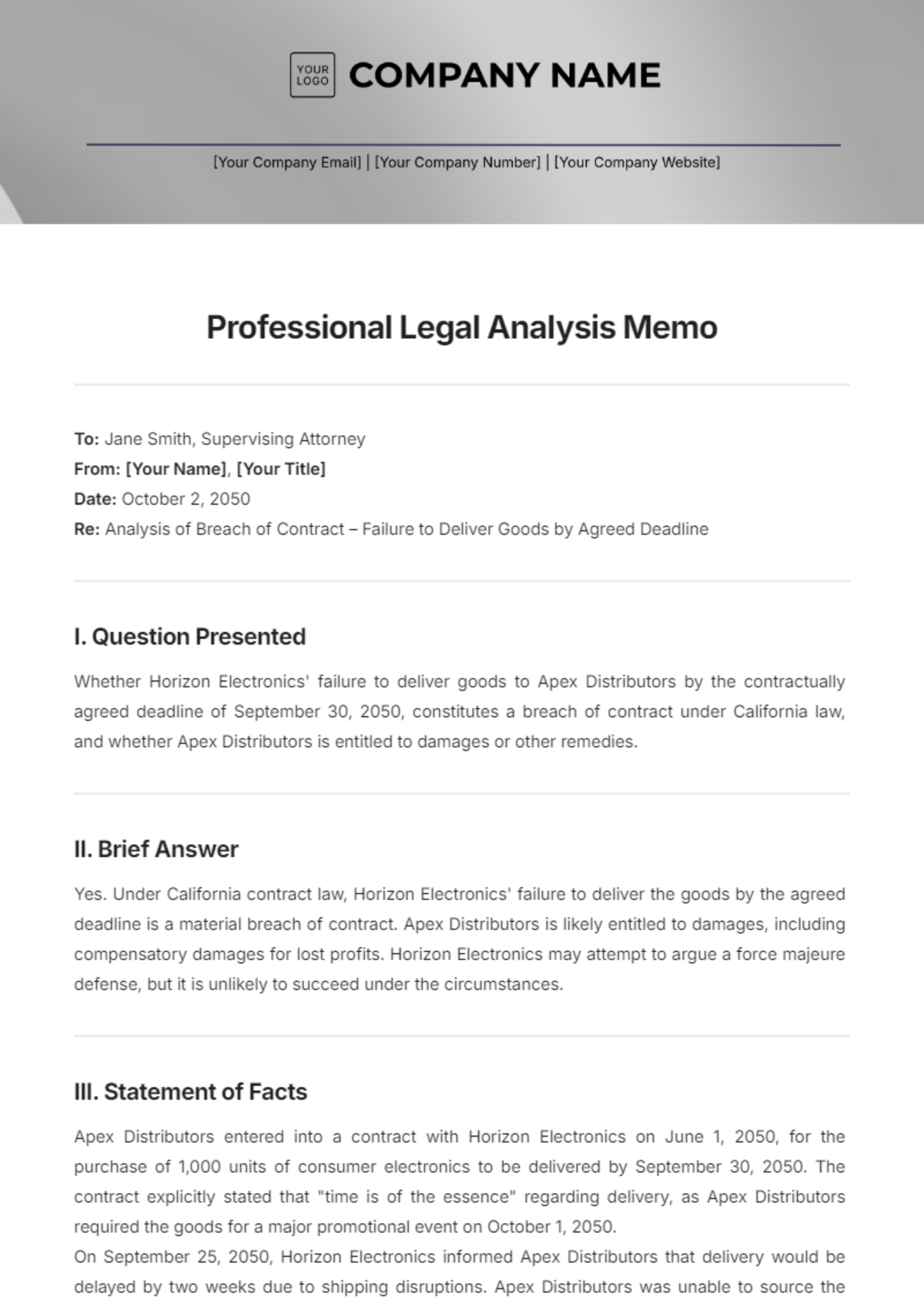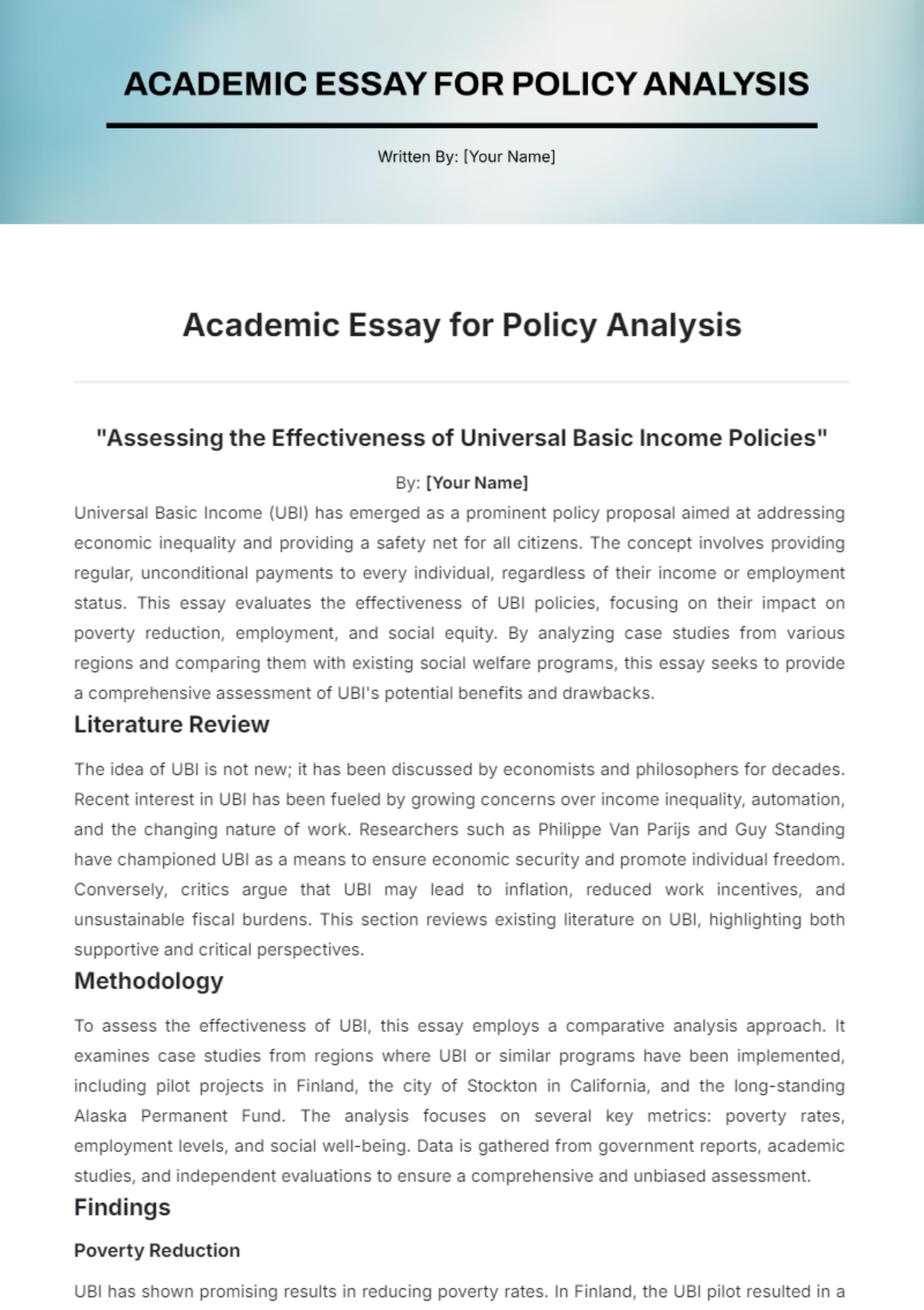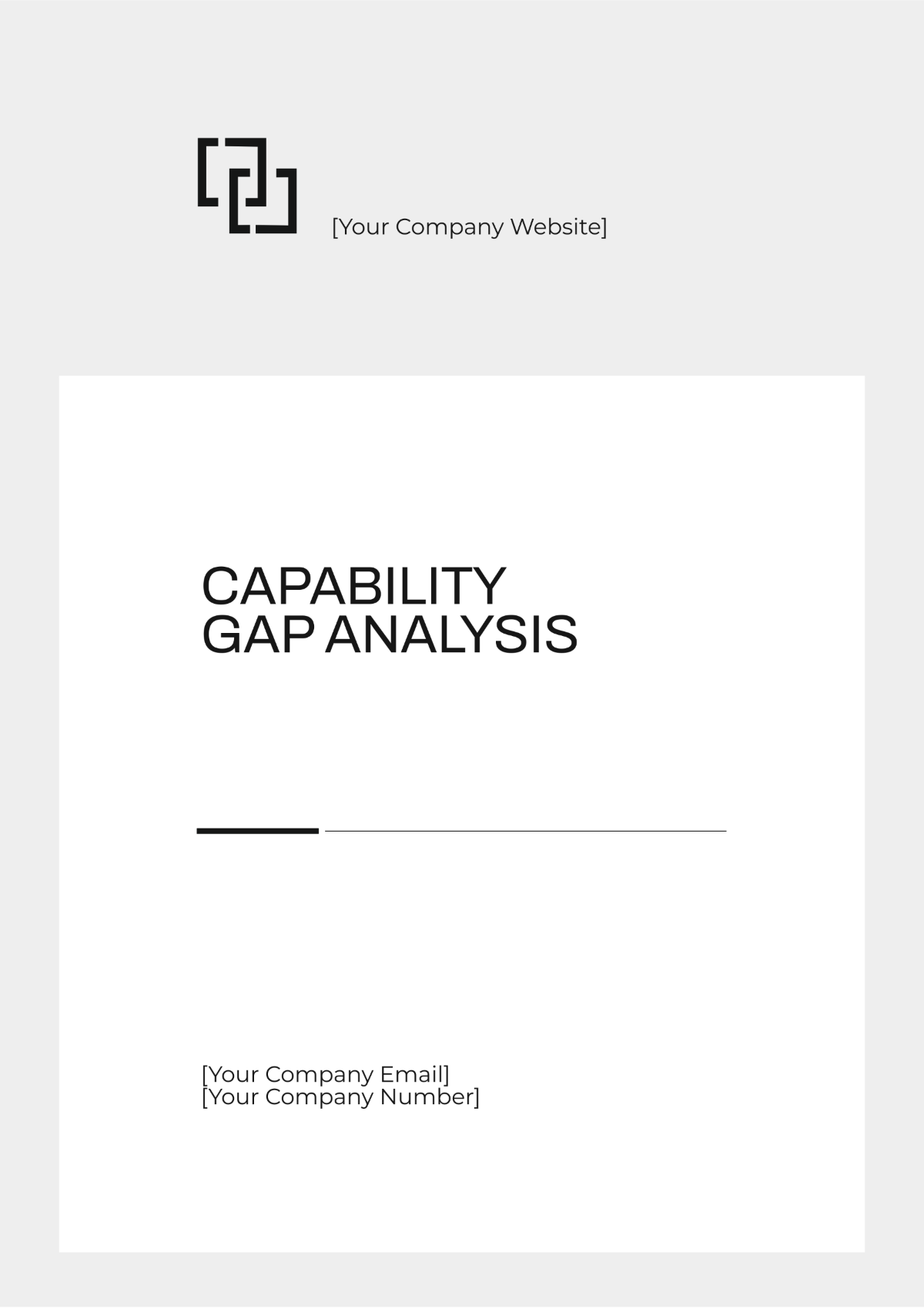Gap Analysis in Business Analysis
I. Introduction
Gap analysis is a crucial process in business analysis that helps organizations identify the discrepancies between their current state and desired future state. It allows businesses to formulate strategies to bridge these gaps and achieve their strategic goals. This analysis is instrumental in optimizing processes, enhancing productivity, and ensuring competitiveness.
II. Understanding Gap Analysis
Gap analysis involves assessing various aspects of business operations to determine where improvements are needed. This process typically includes evaluating resource allocation, processes, technology, performance metrics, and market positioning. The analysis helps identify the 'gaps' that need to be addressed.
III. Key Components of Gap Analysis
Current State Analysis
Desired Future State Assessment
Gap Identification
Action Plan Development
IV. Steps in Conducting a Gap Analysis
Define Objectives
Assess Current State
Determine Future Goals
Identify Gaps
Develop Strategic Action Plans
Defining Objectives
The first step in a gap analysis is to clearly define the objectives. This involves understanding what the organization aims to achieve and setting measurable goals for the analysis.
Assessing Current State
This step requires a thorough assessment of the present state of the business. It includes evaluating current processes, resources, and performance metrics.
V. Benefits of Gap Analysis
Gap analysis provides several benefits, including:
Improved Strategic Planning
Enhanced Operational Efficiency
Identification of Improvement Areas
Resource Optimization
Example of a Gap Analysis Table
Area | Current State | Desired State | Gap | Action Plan |
|---|---|---|---|---|
Technology | Outdated software | Advanced solutions | Significant | Implement new software |
Process Efficiency | Manual operations | Automated processes | Moderate | Introduce process automation |
VI. Conclusion
Gap analysis is a powerful tool that enables organizations to identify gaps between their current performance and their goals. By following the structured steps and accurately assessing where improvements can be made, businesses can strategically plan to overcome these gaps and achieve their desired outcomes.
